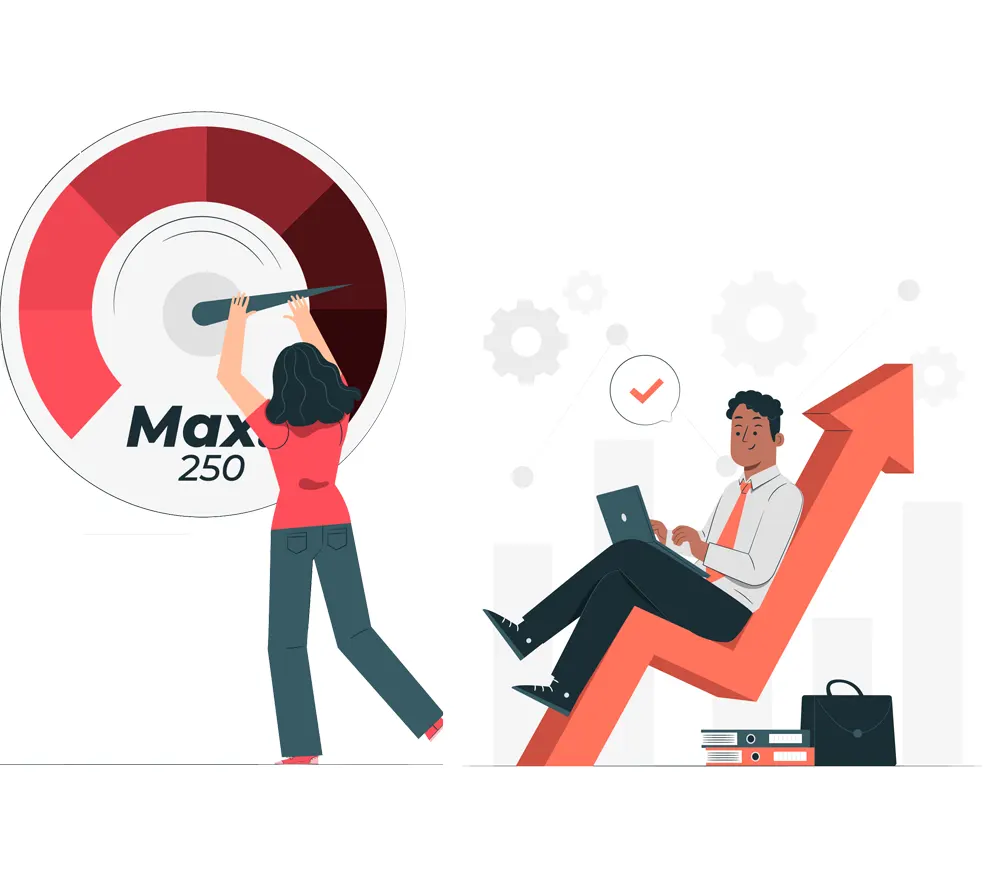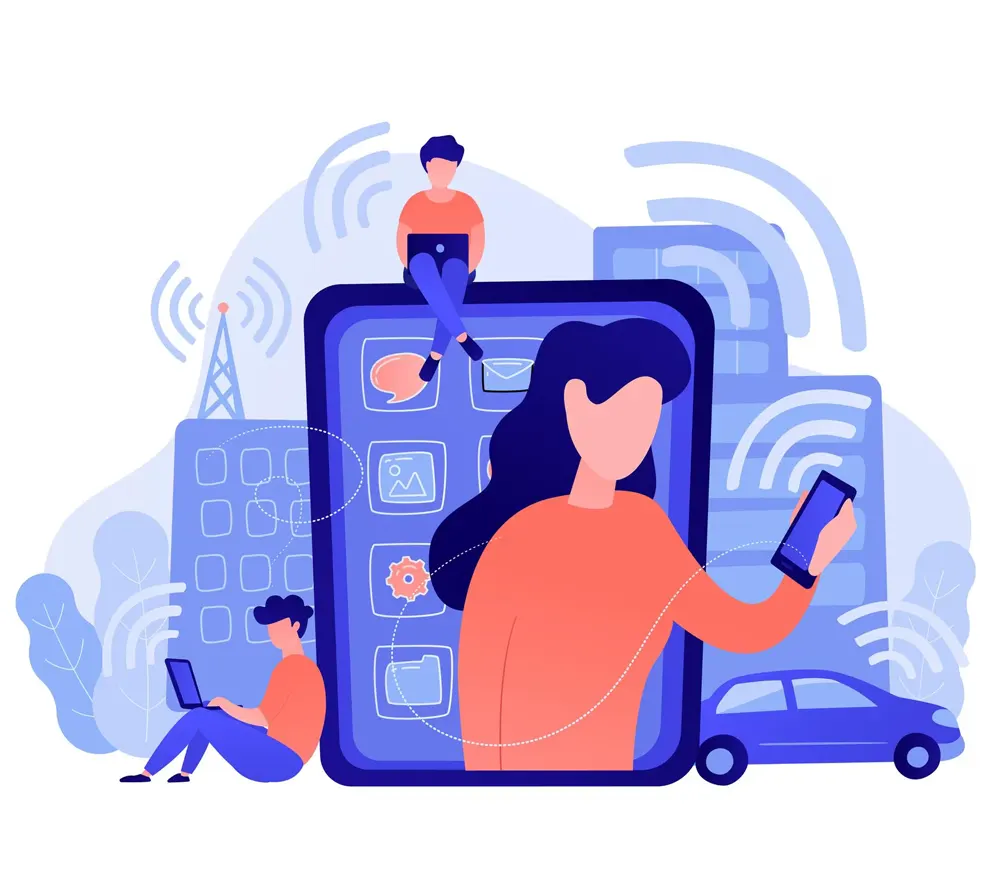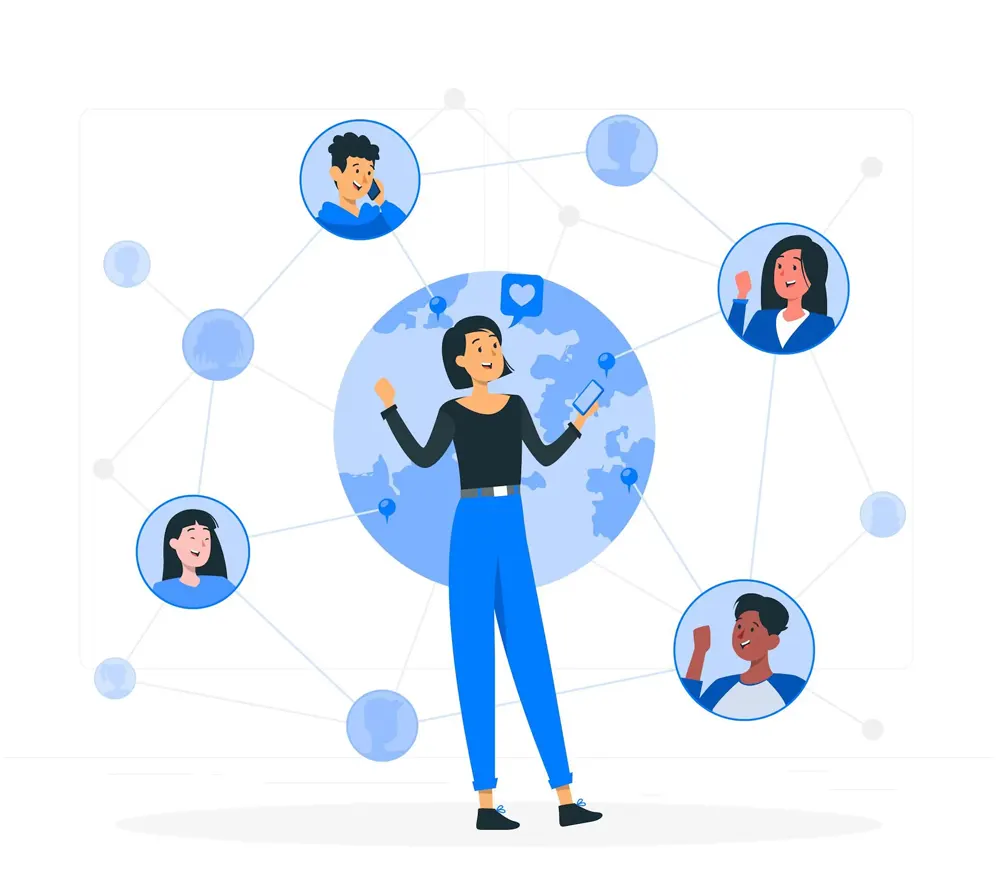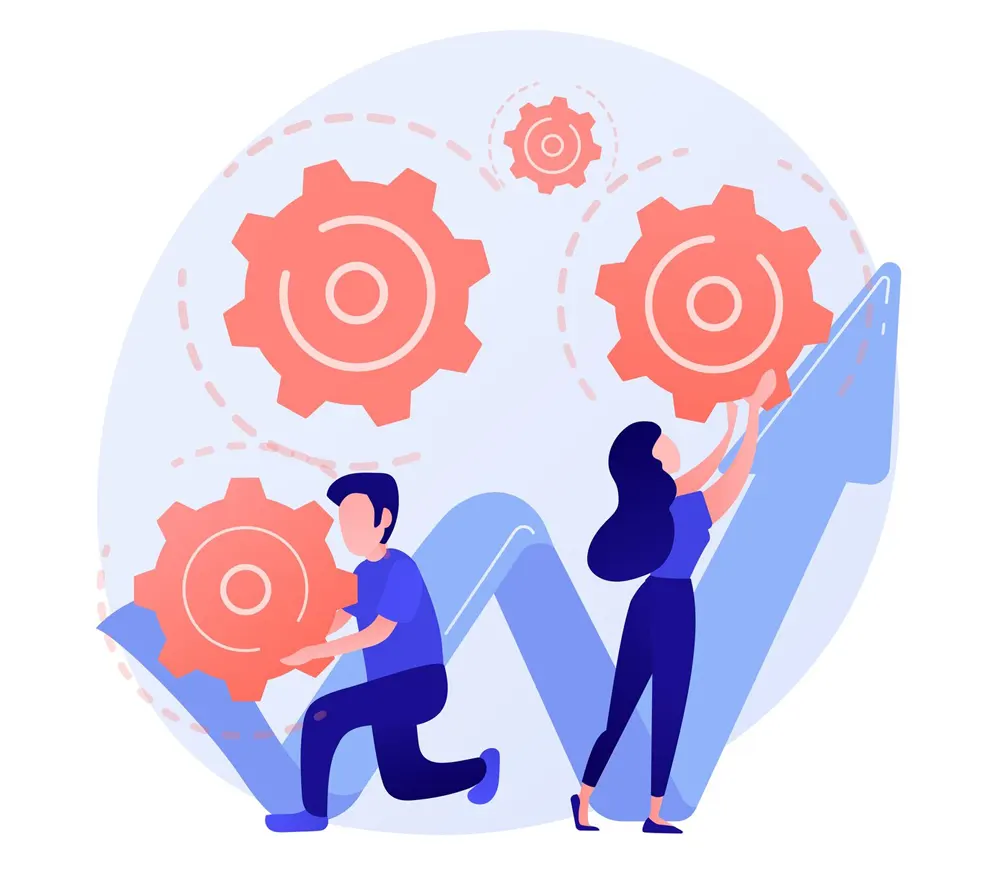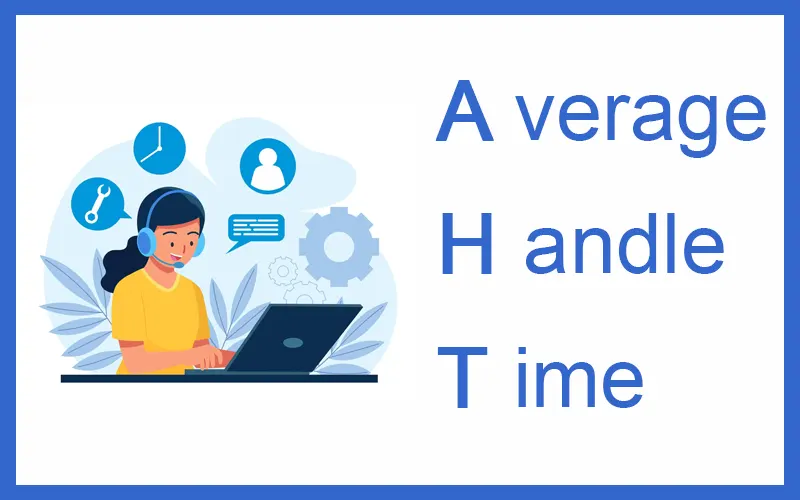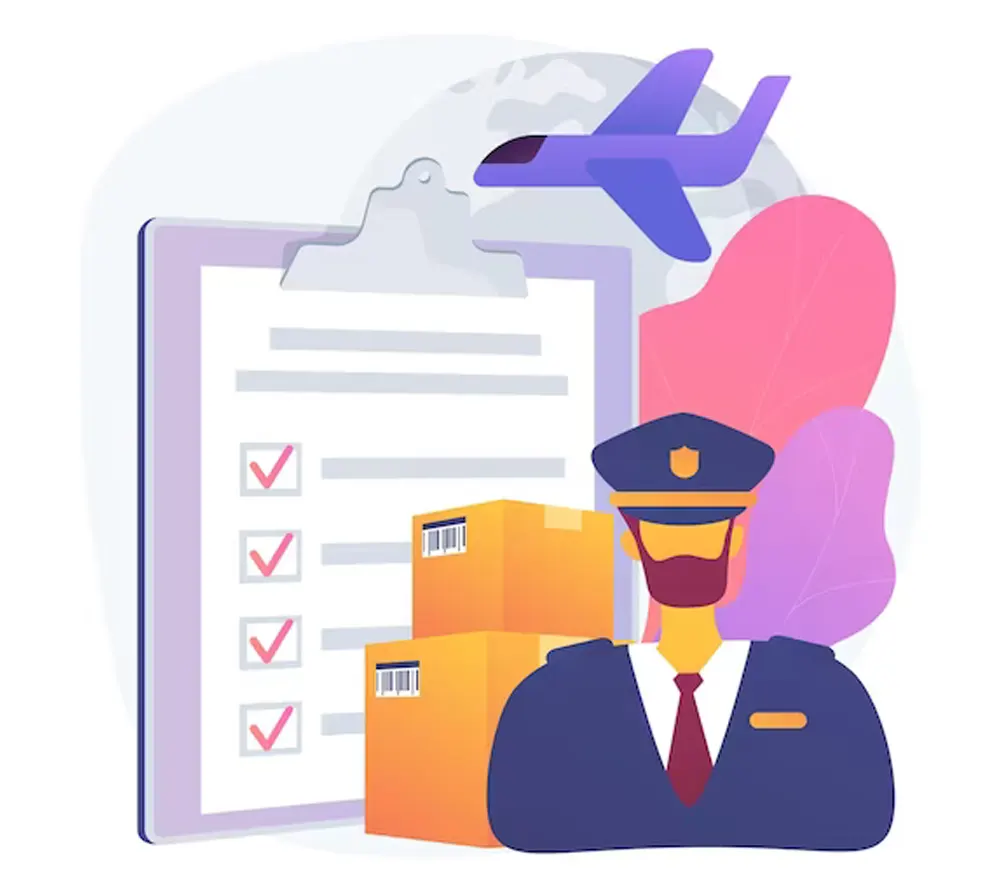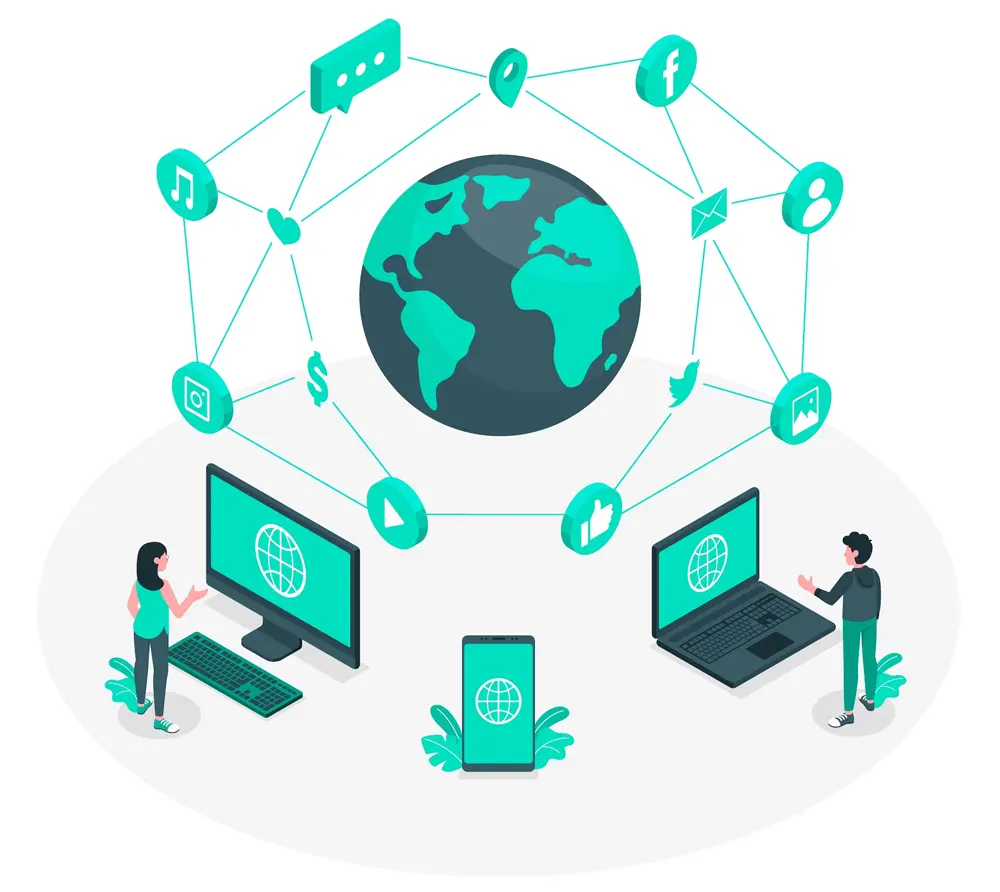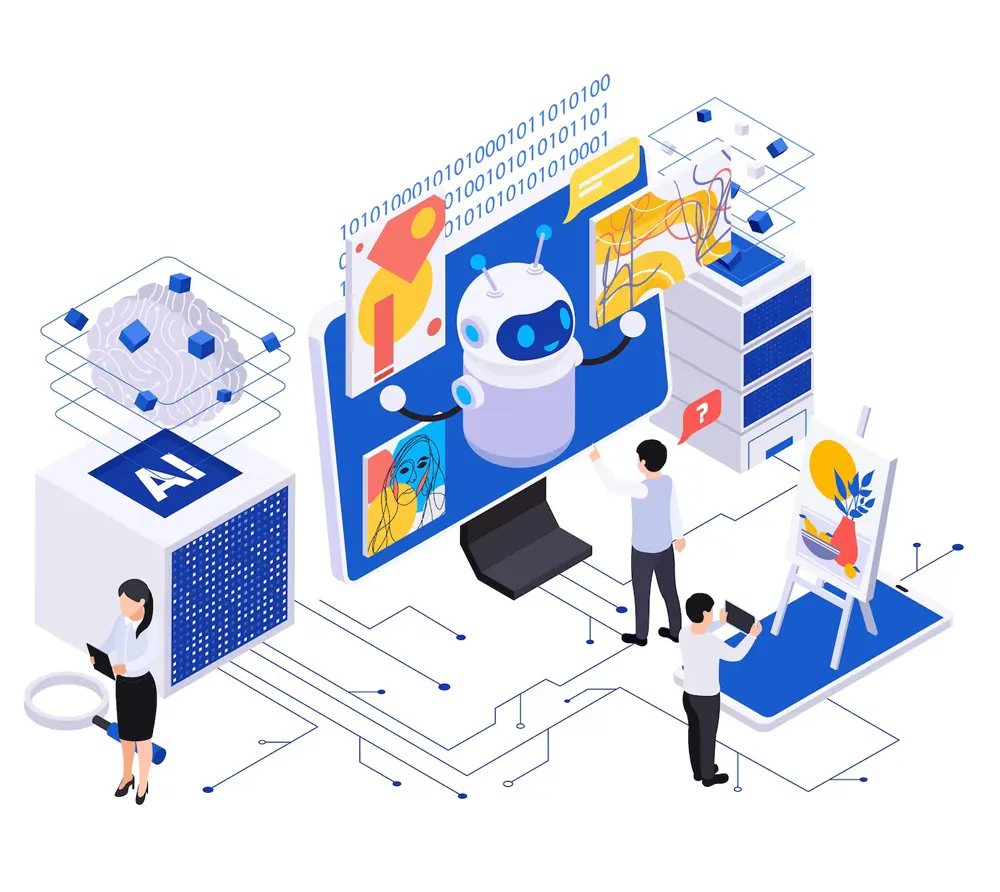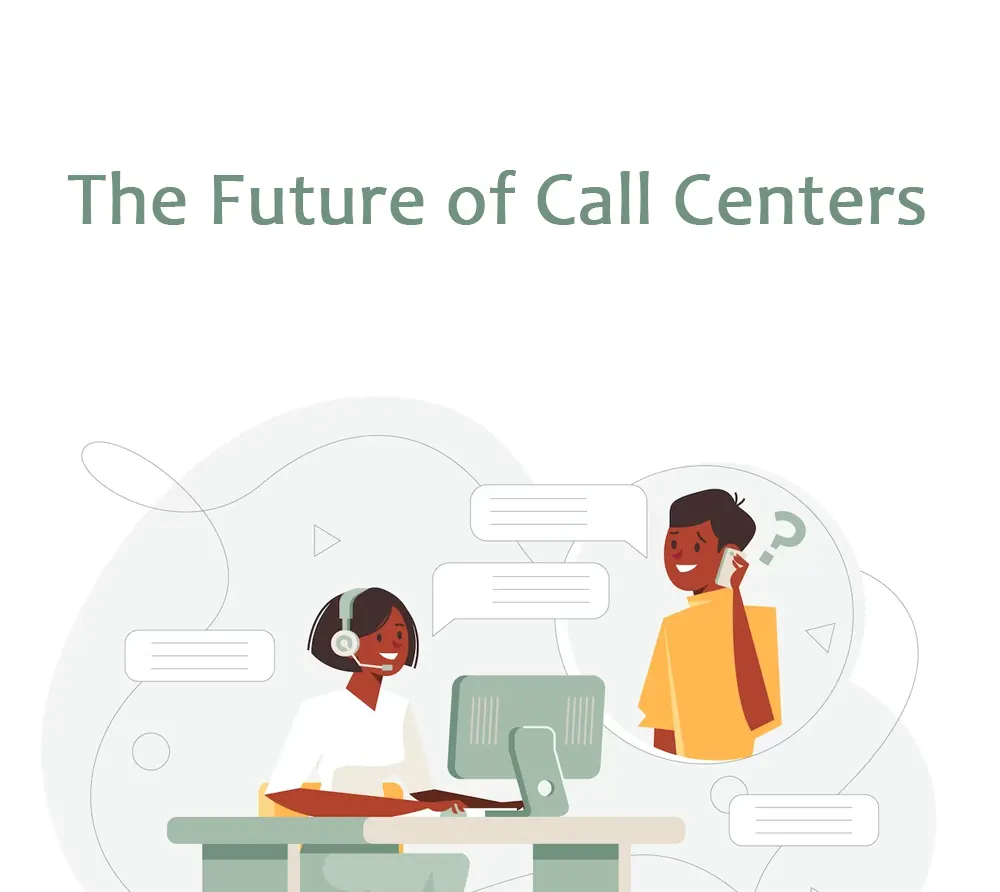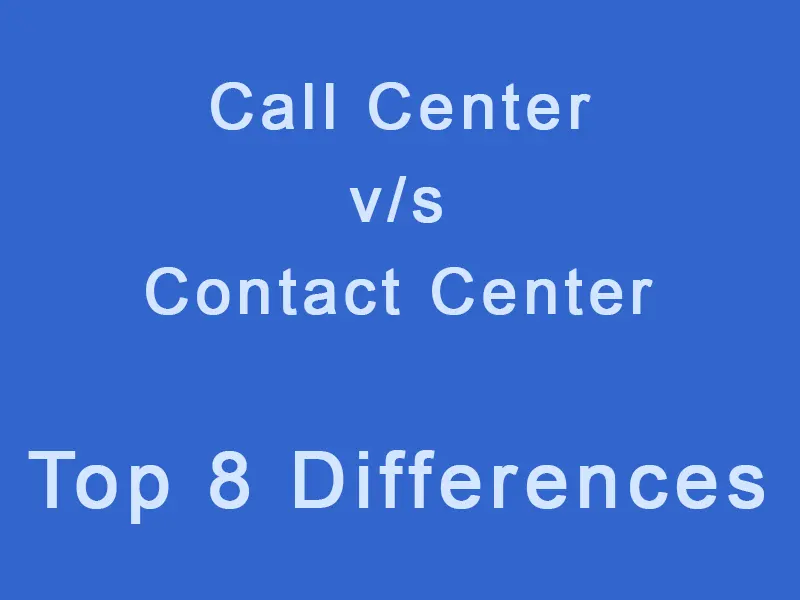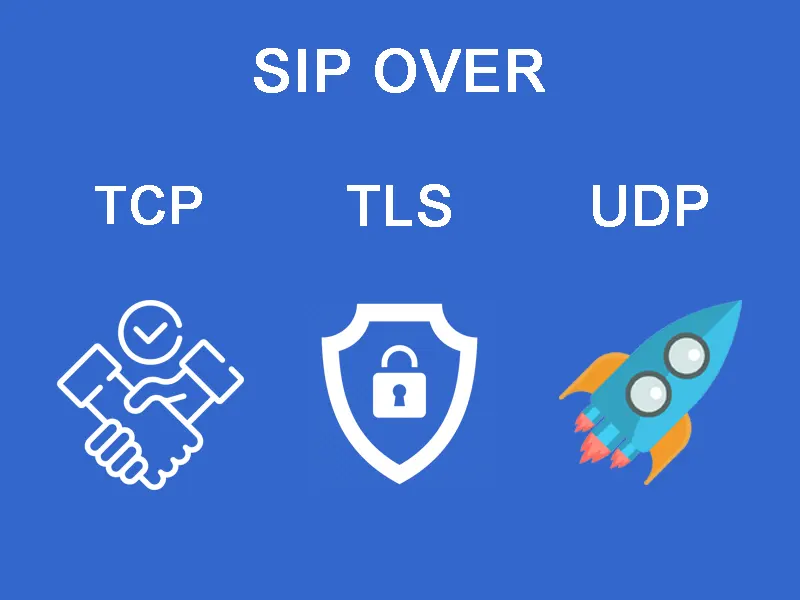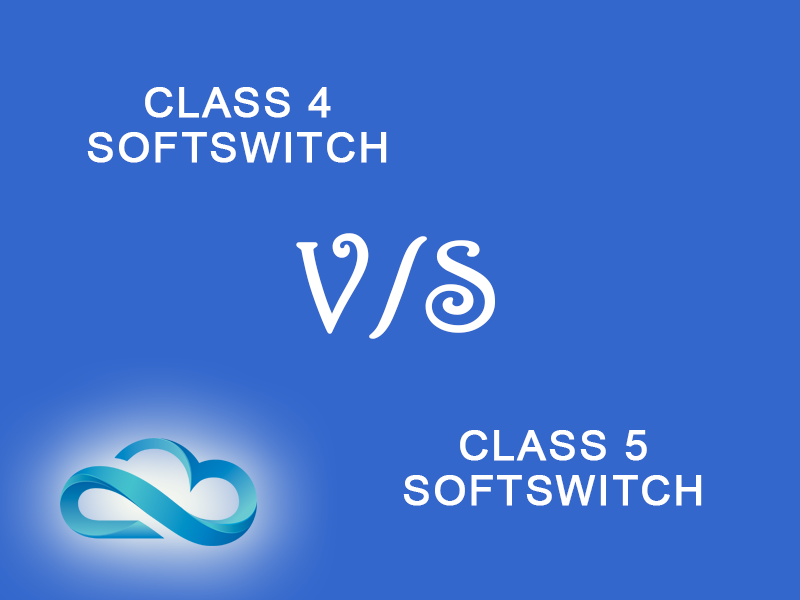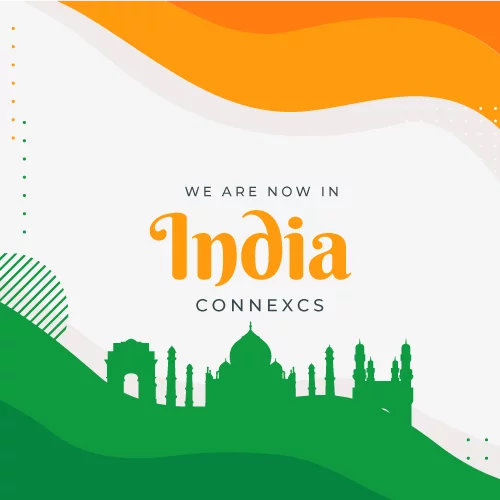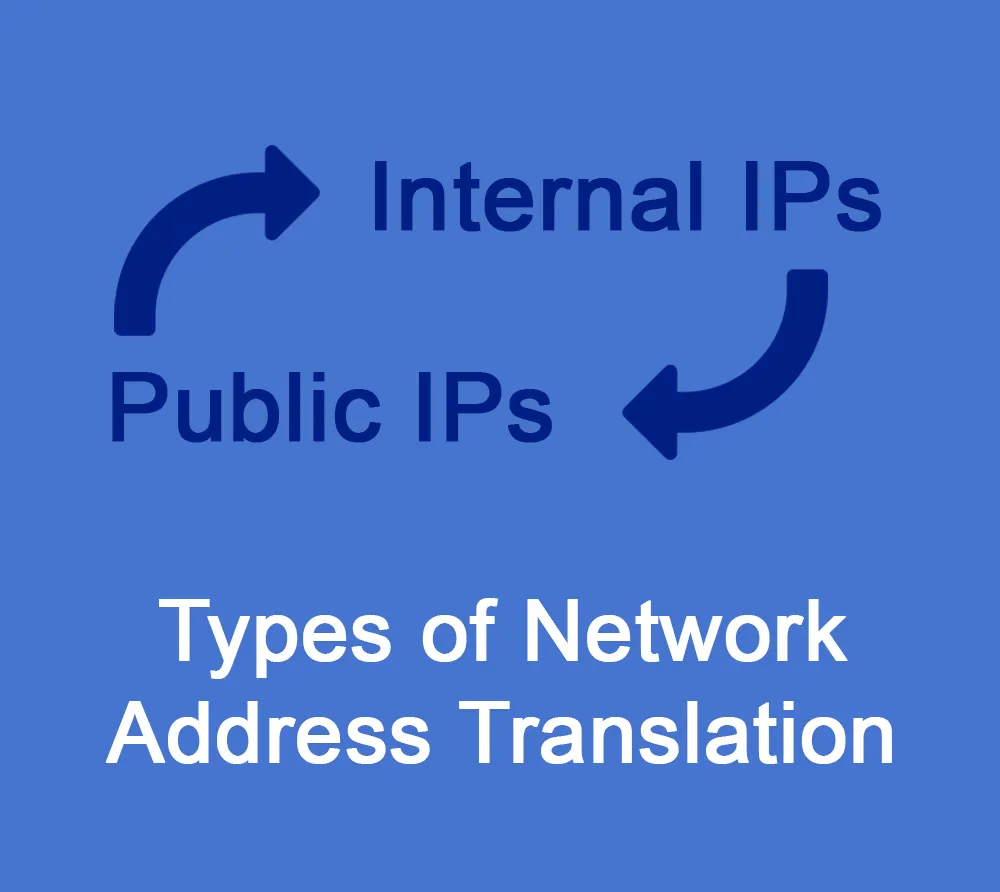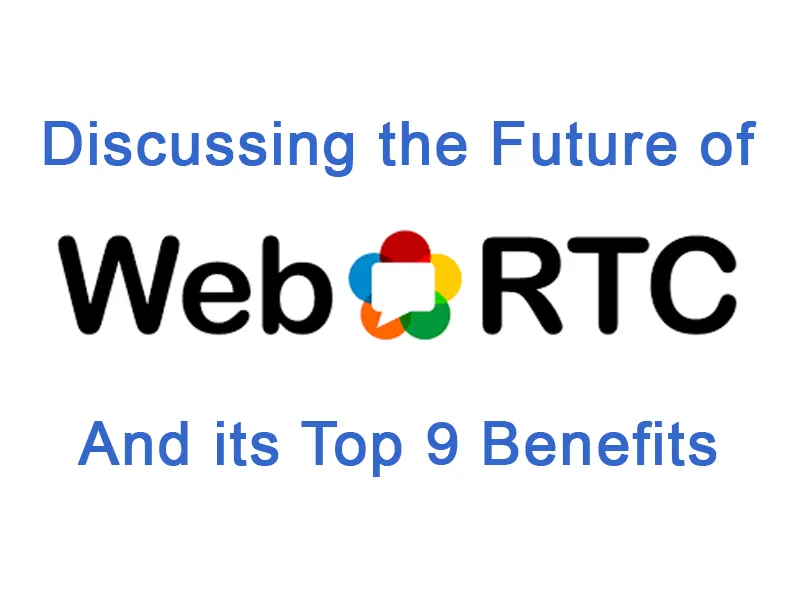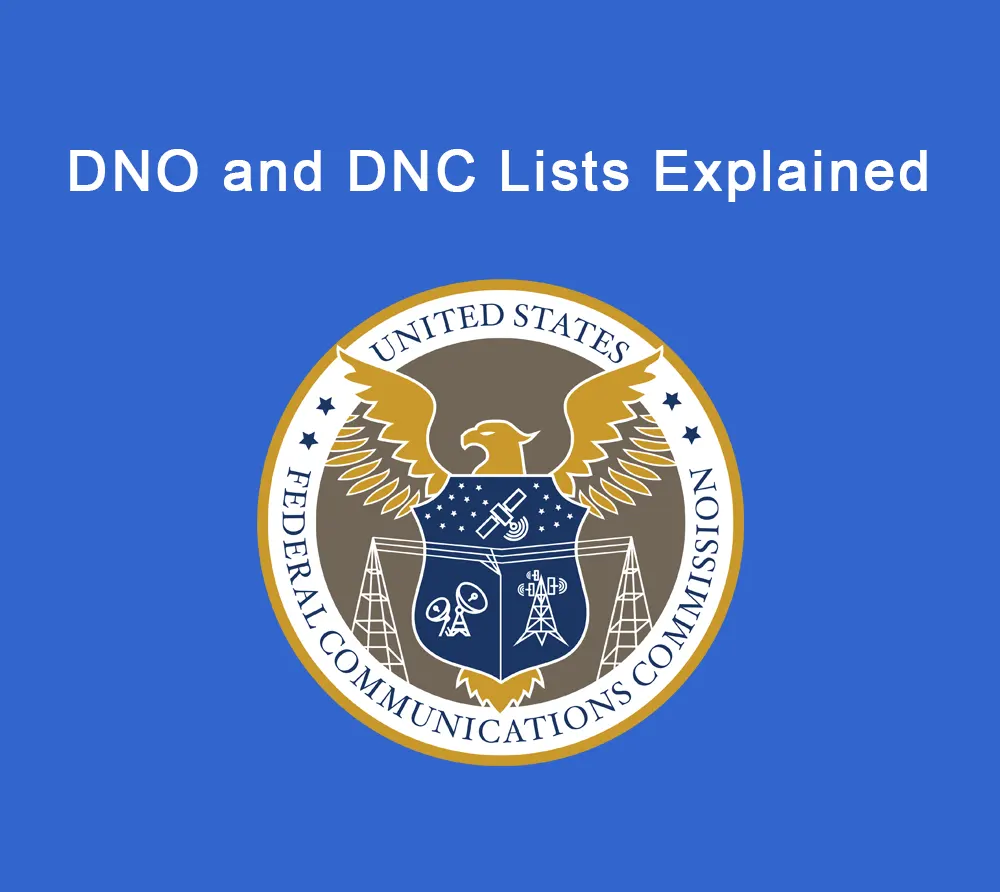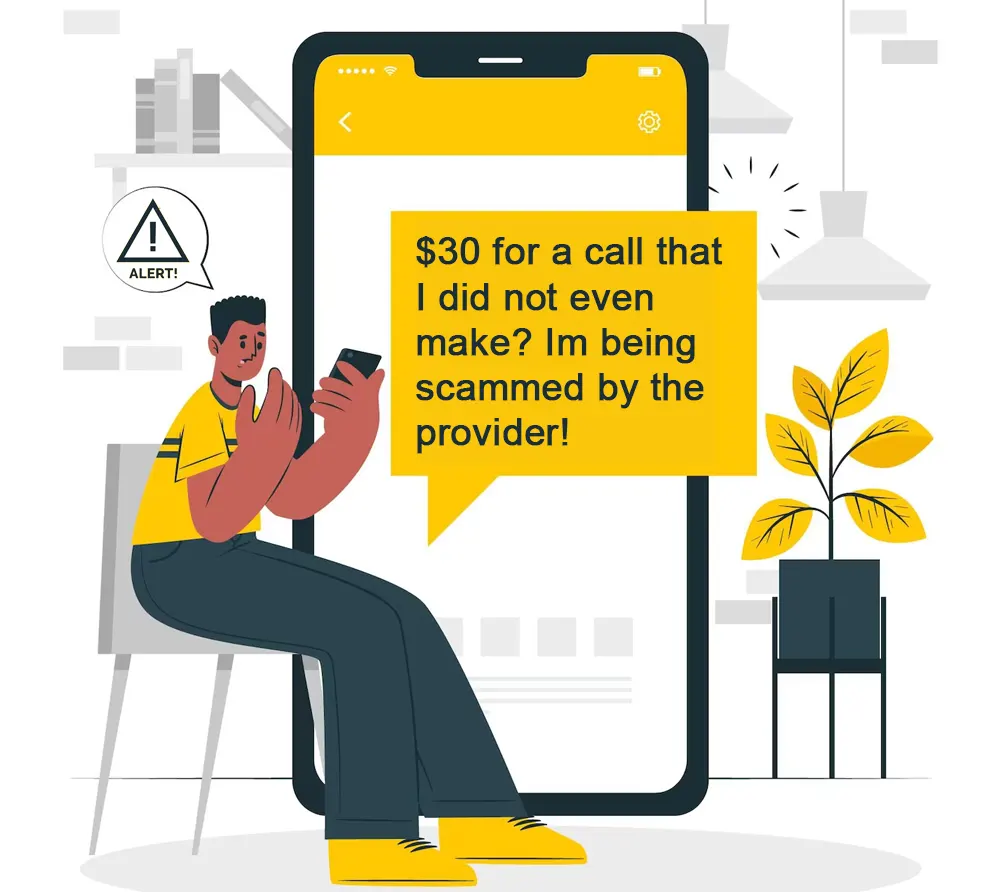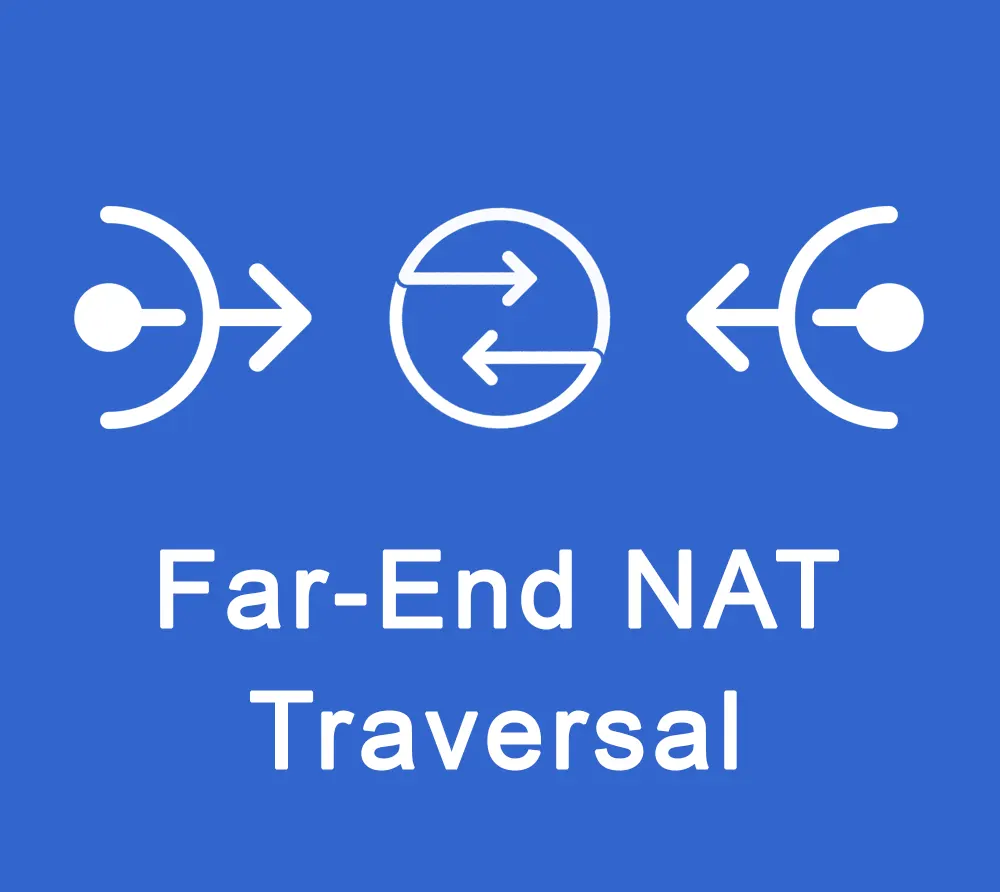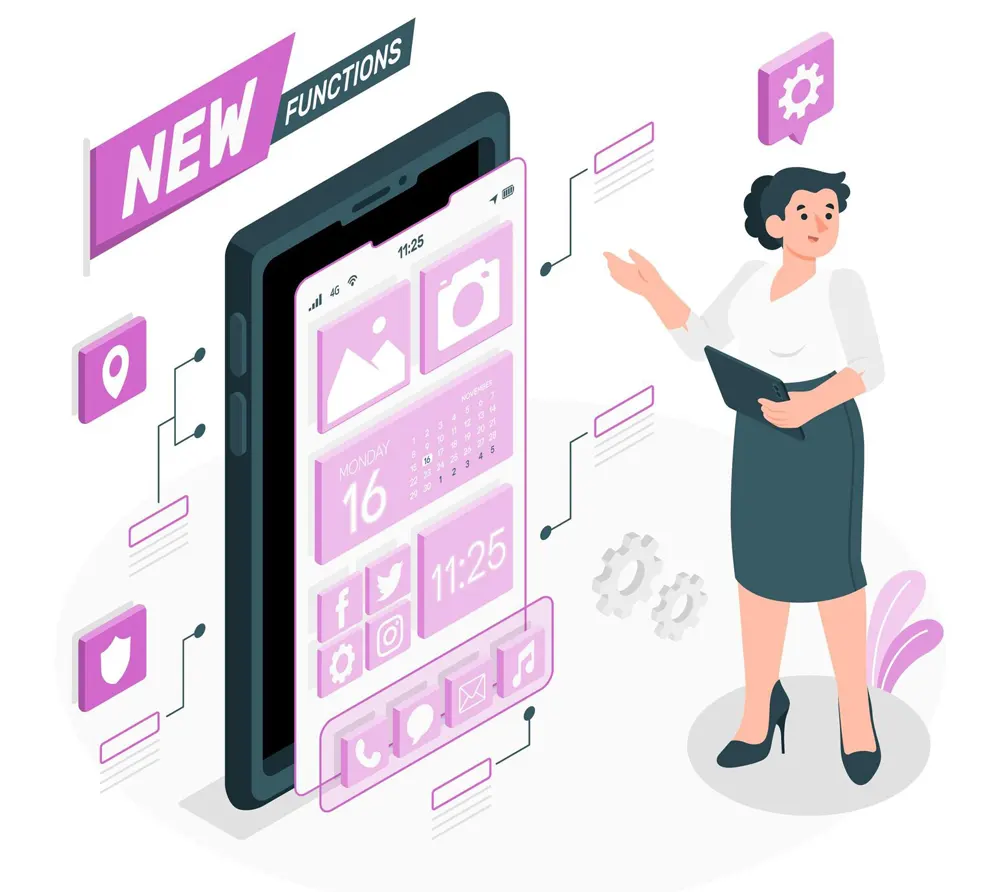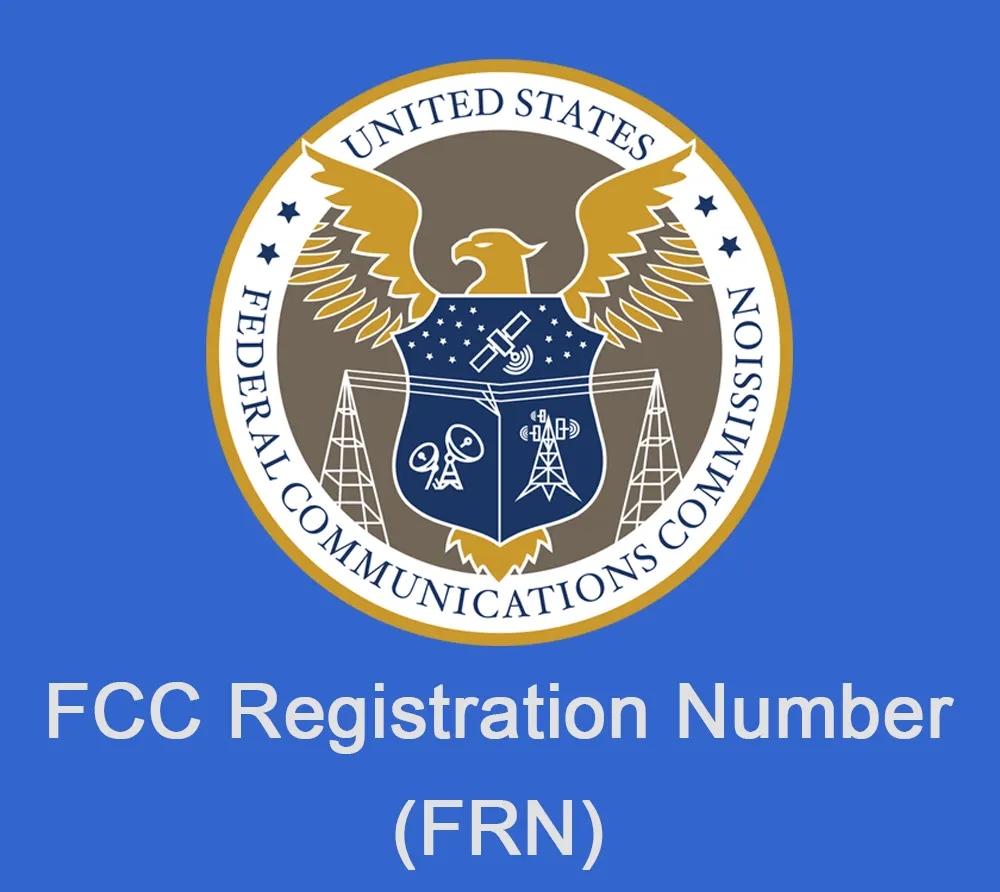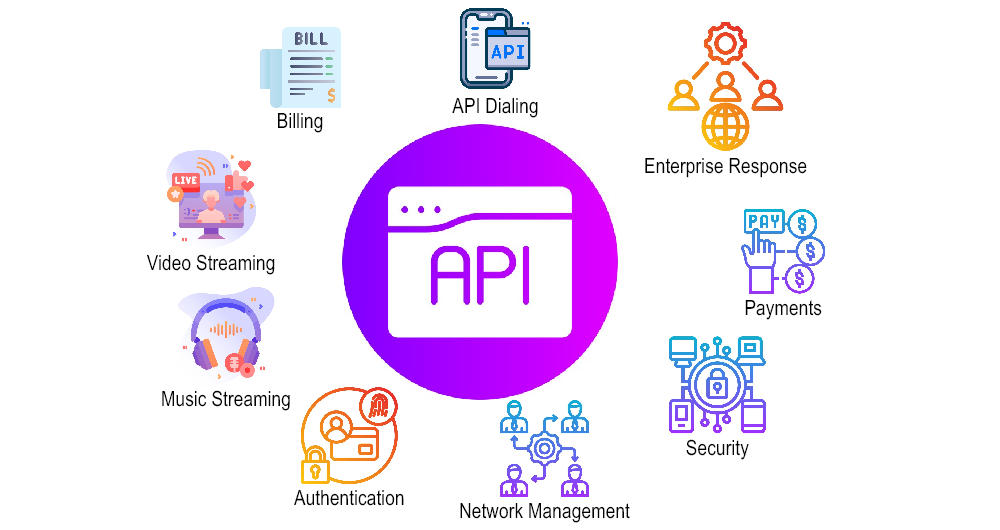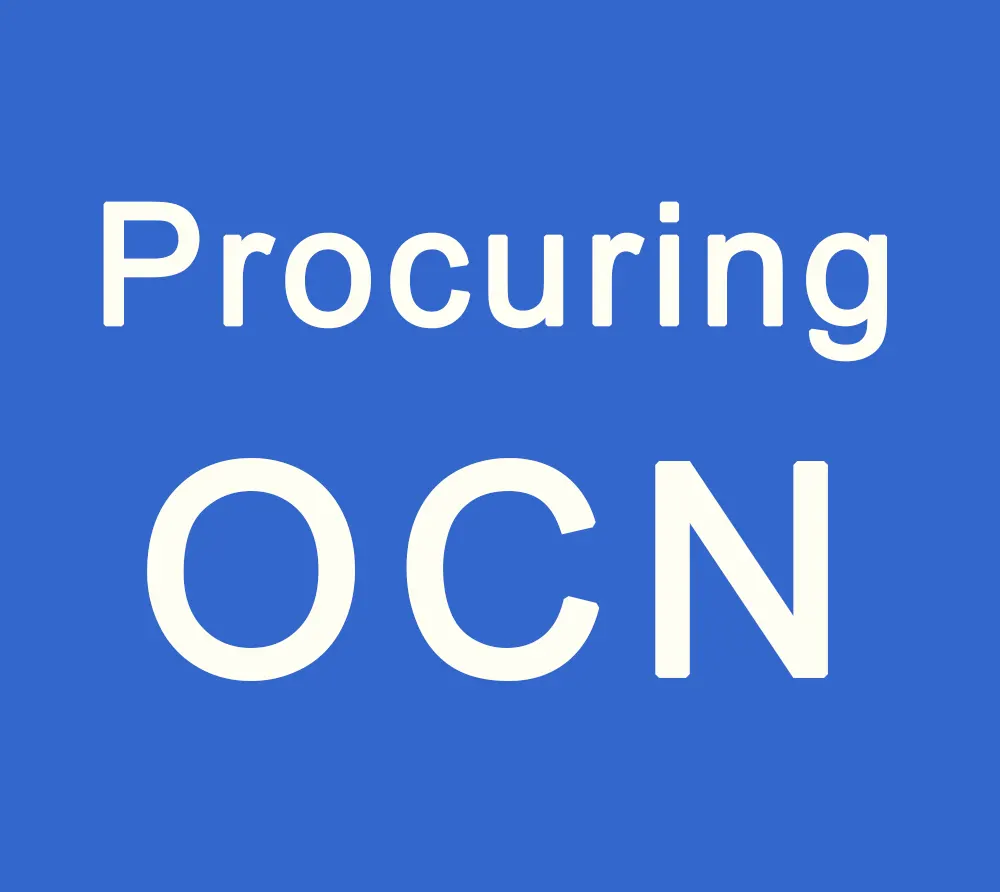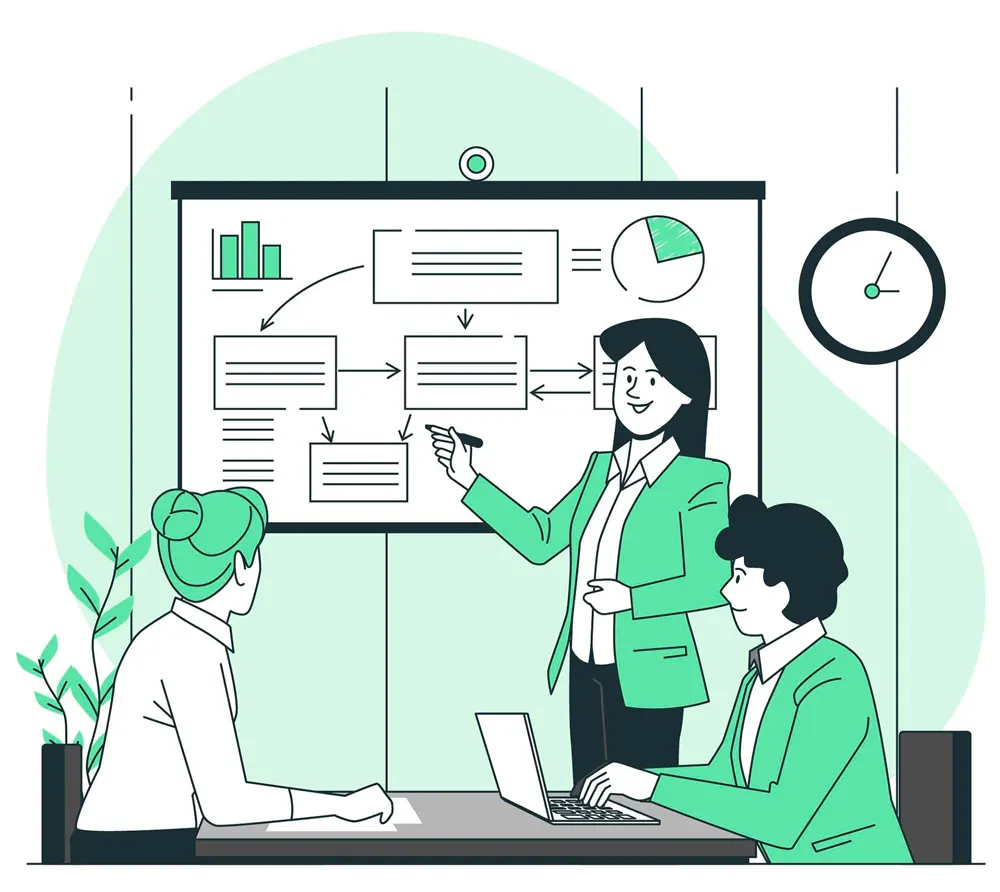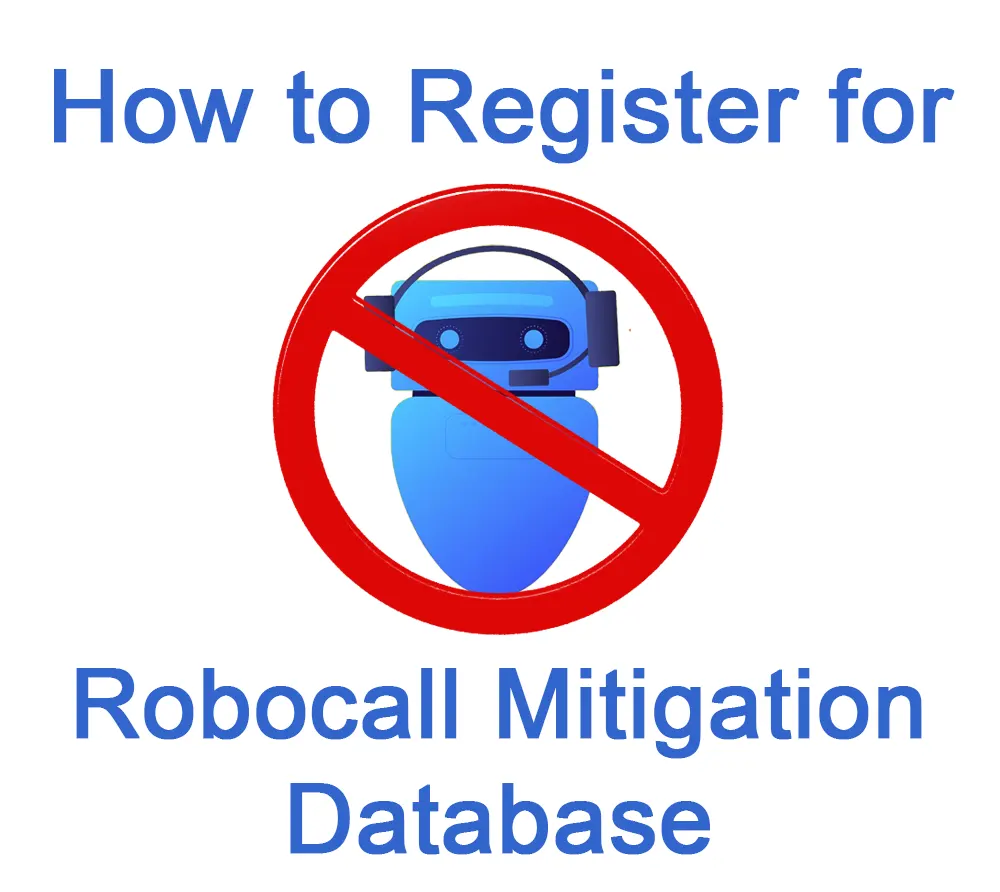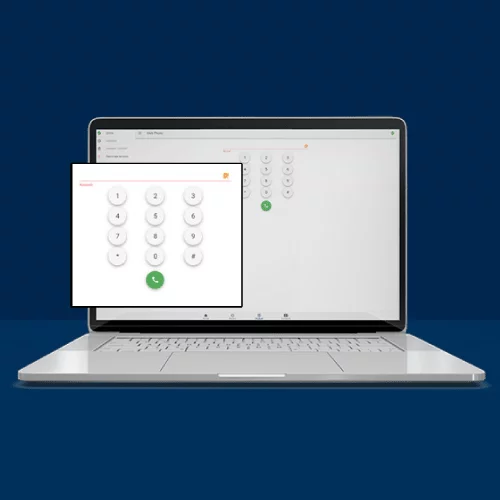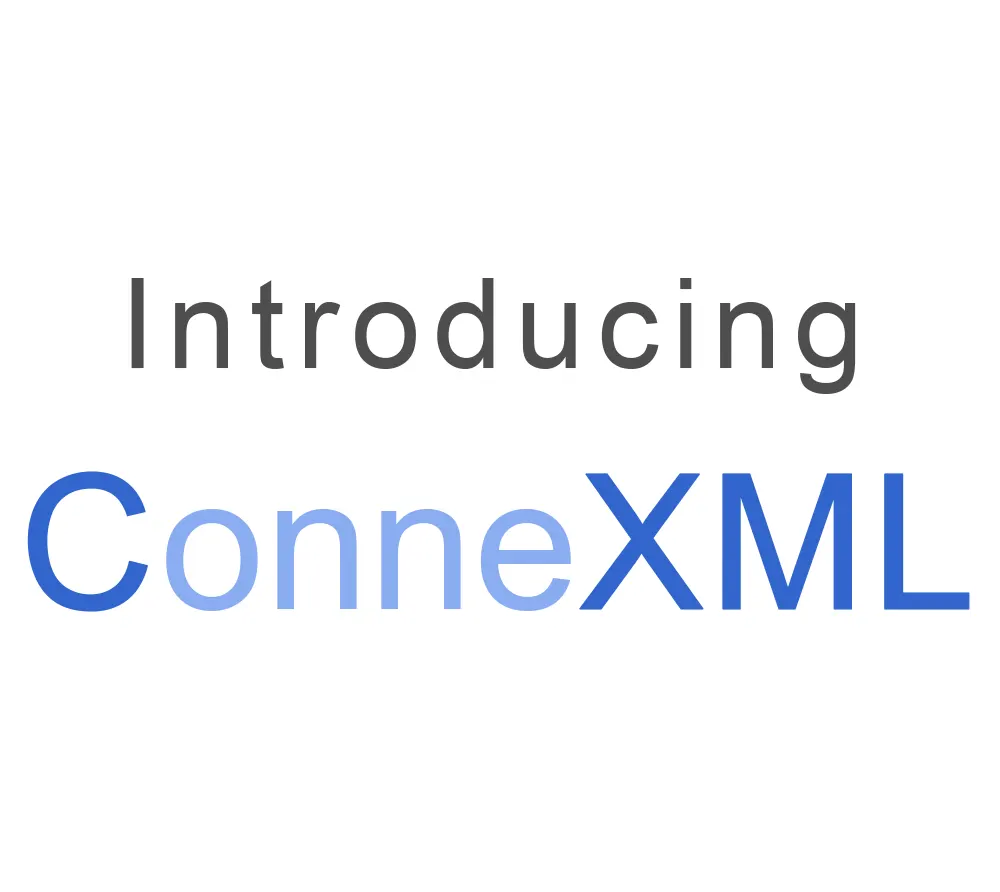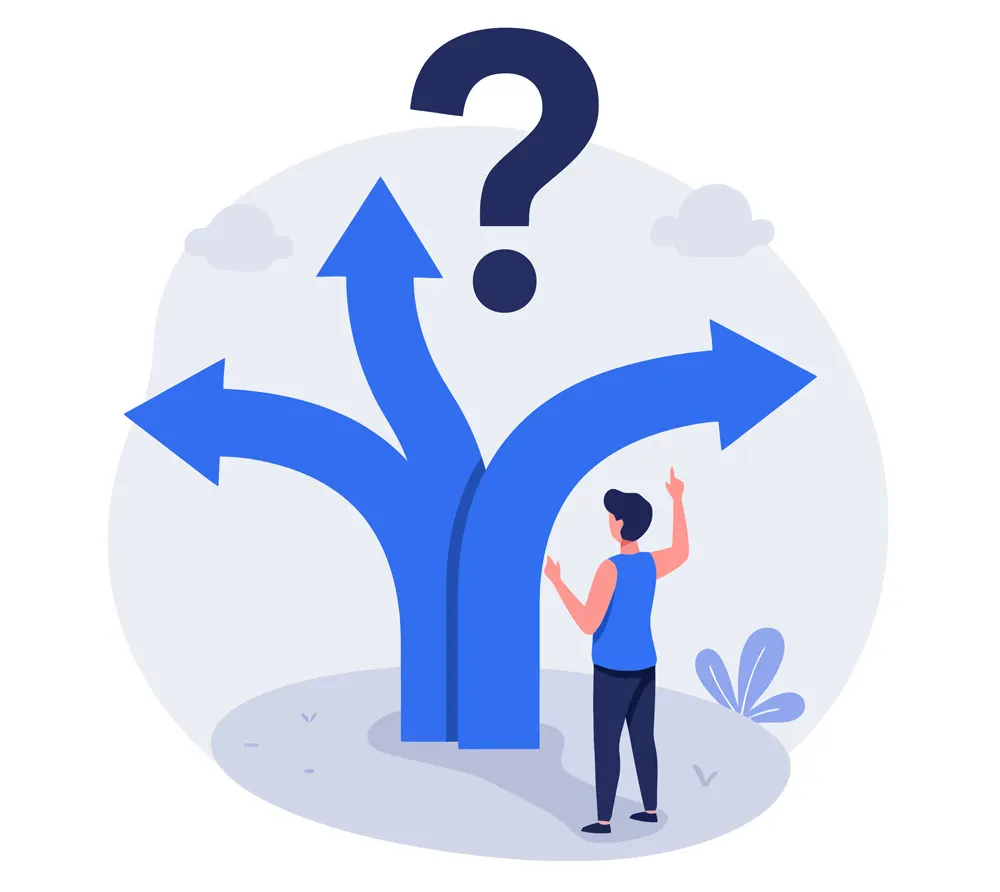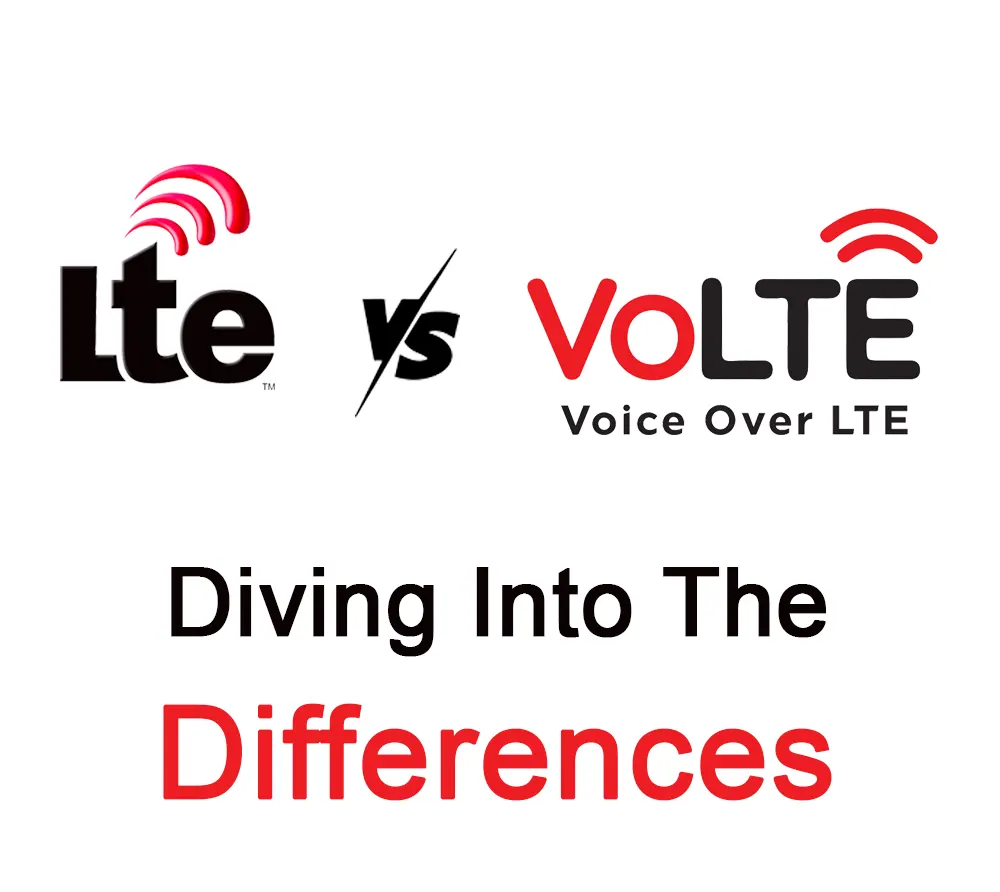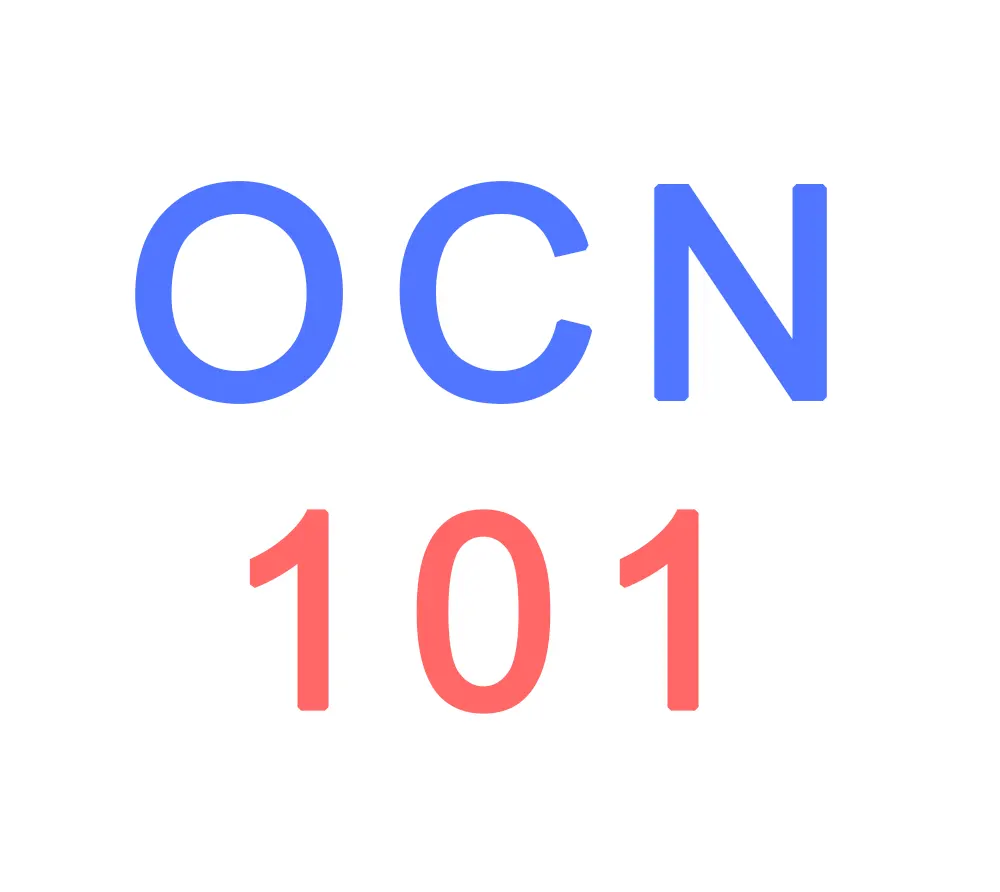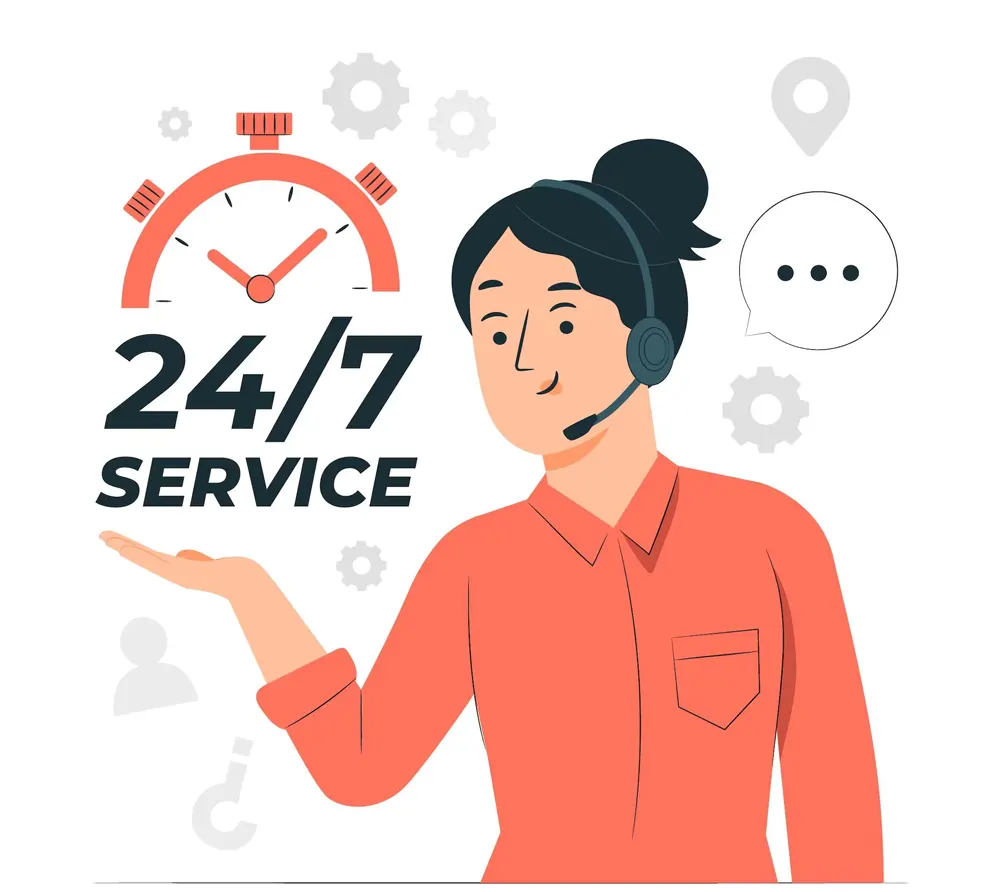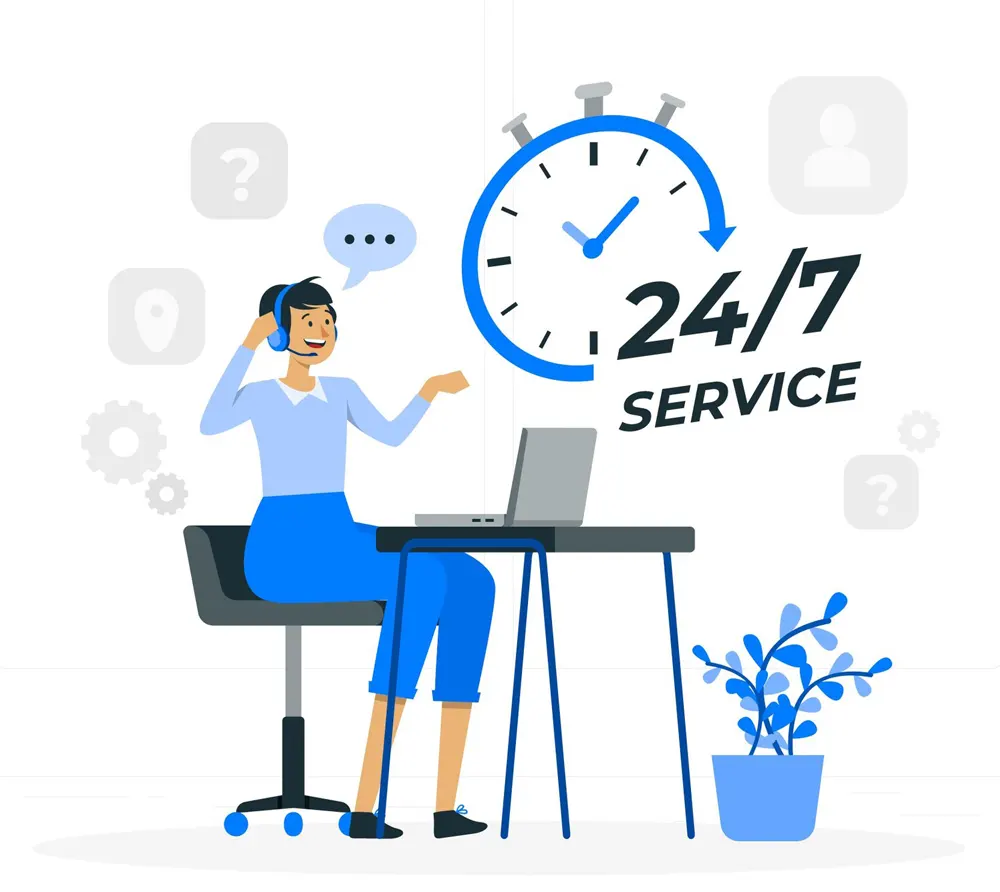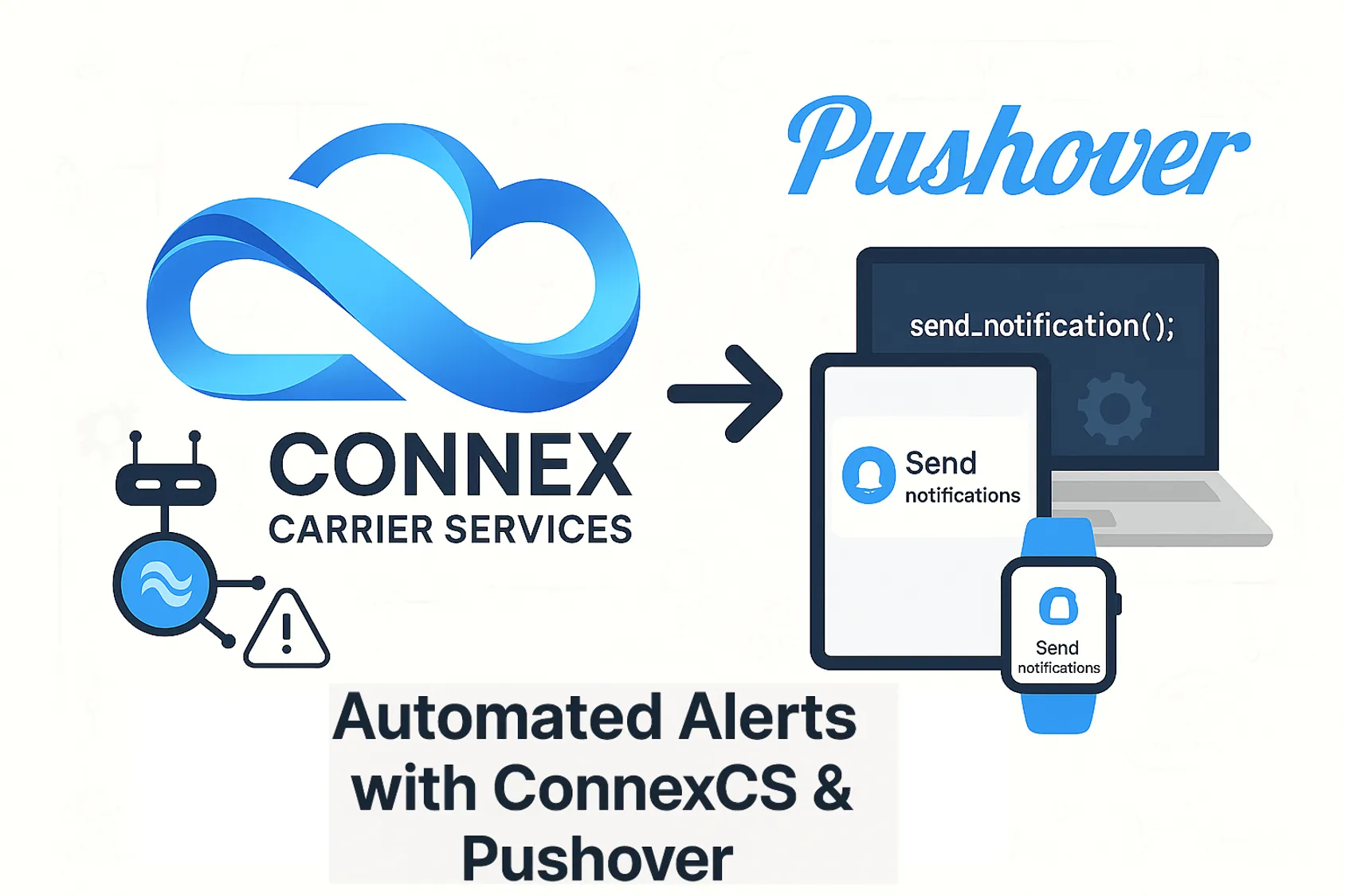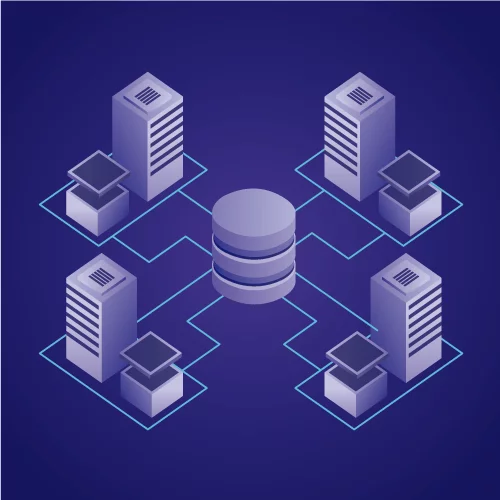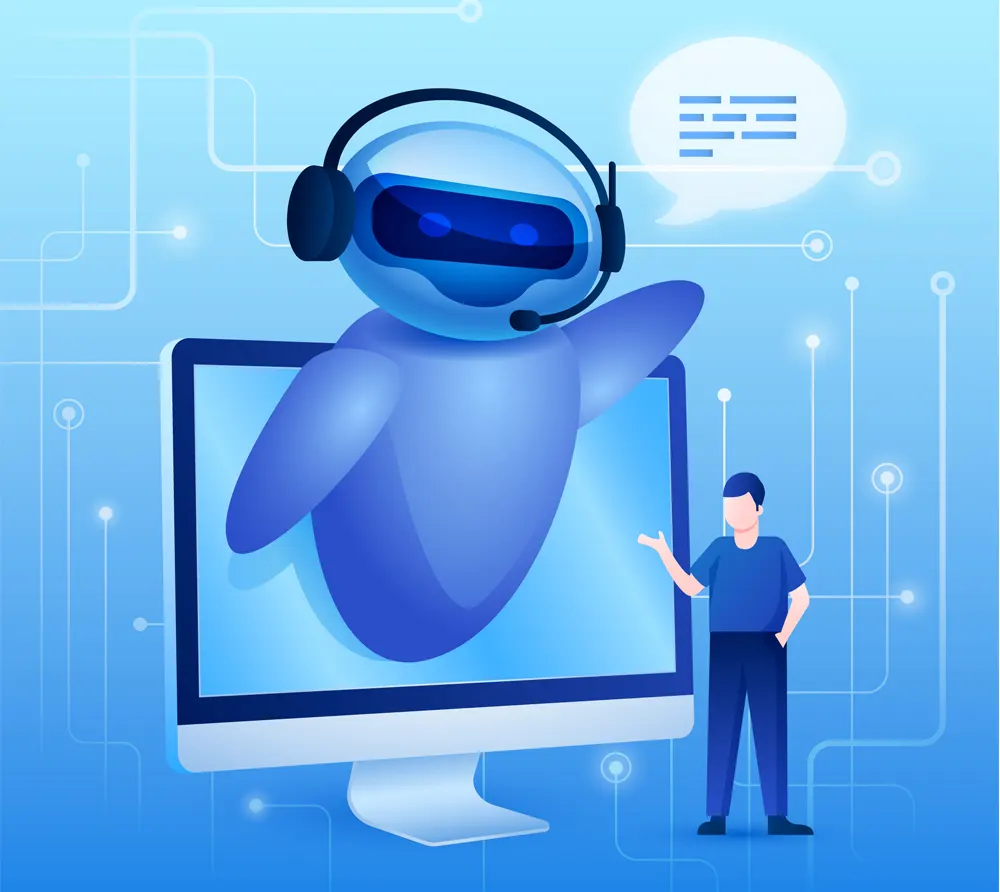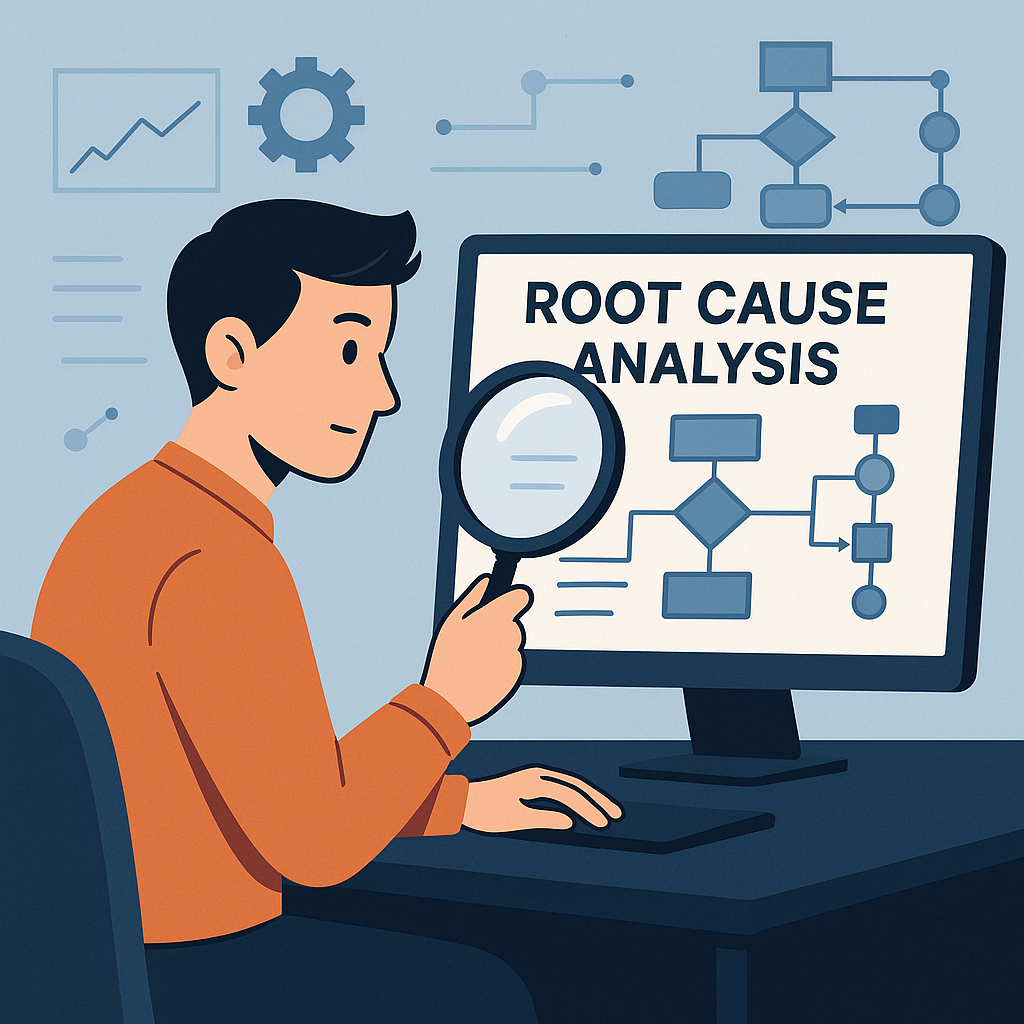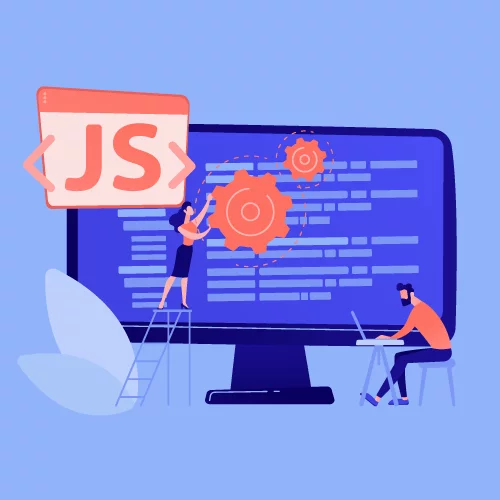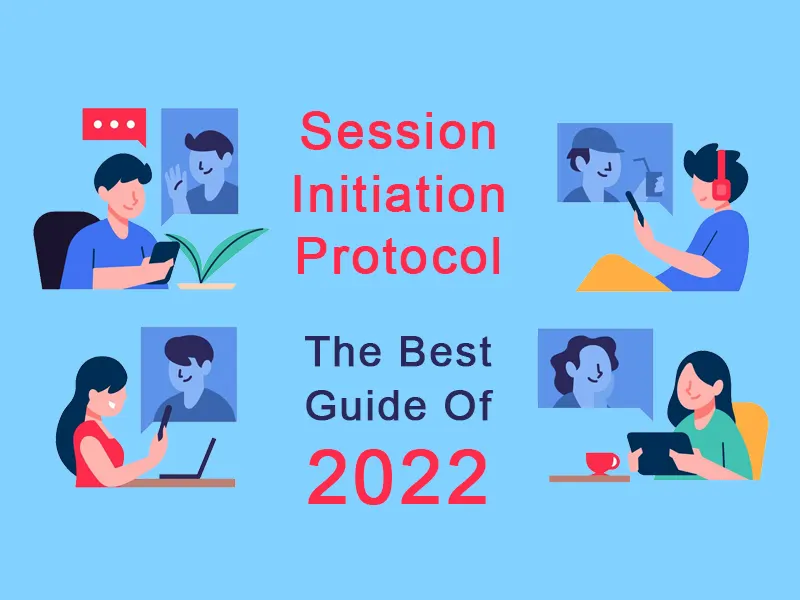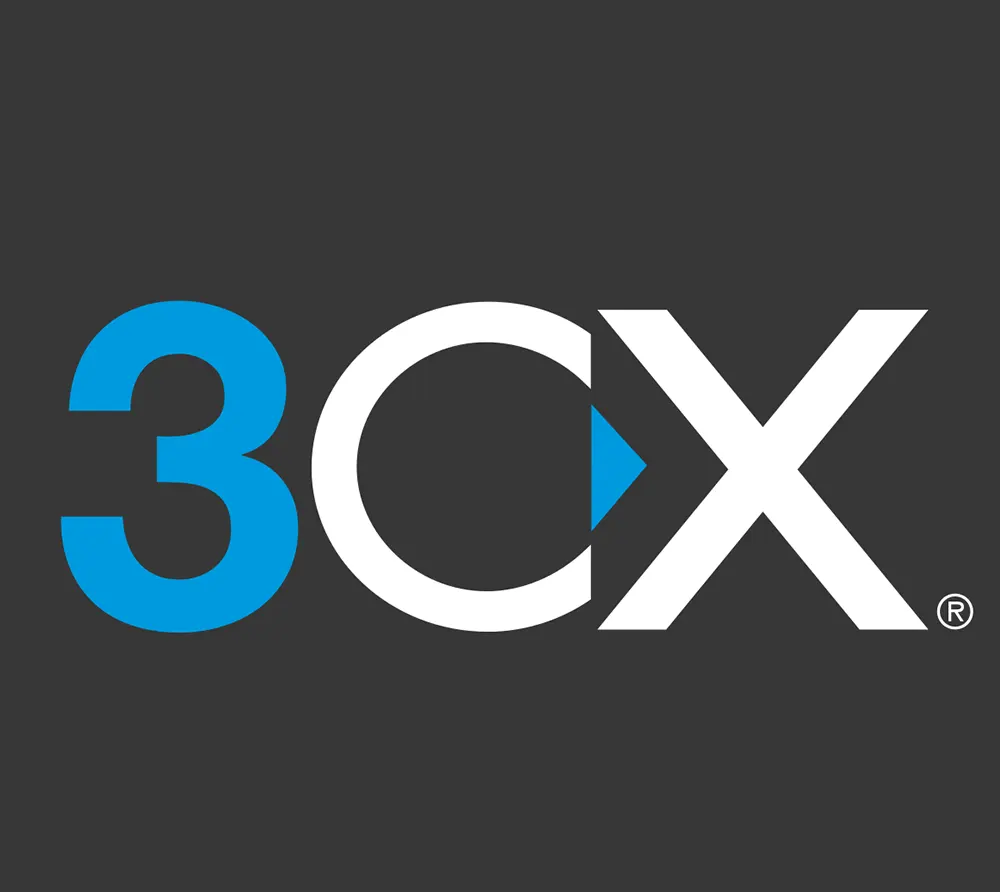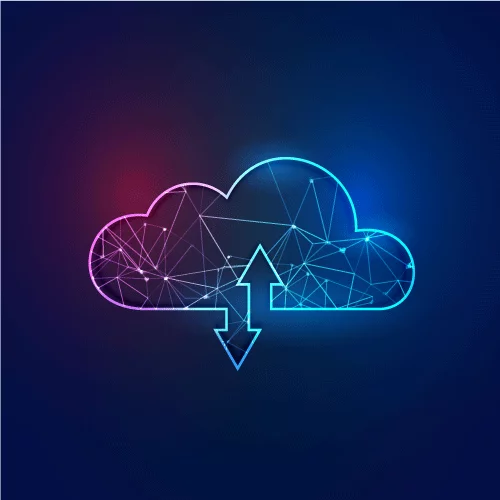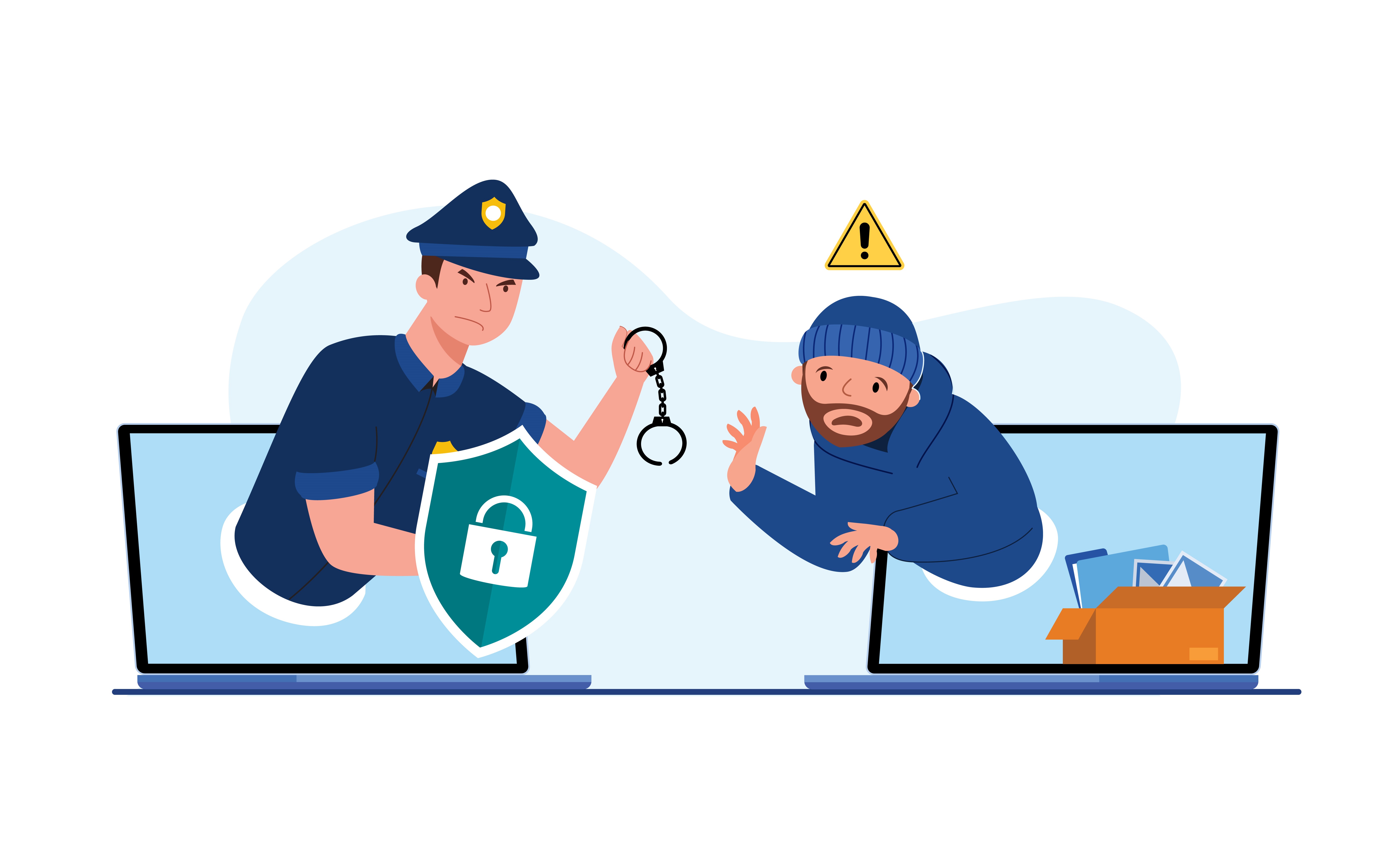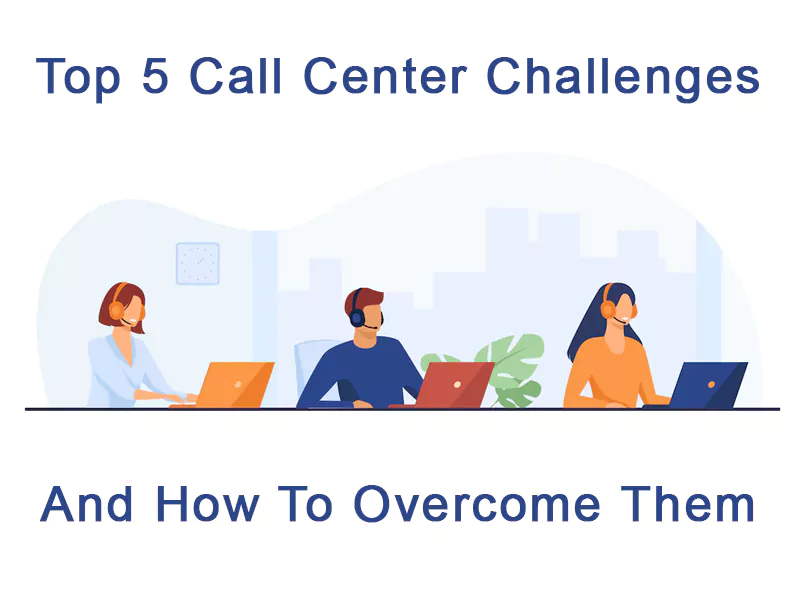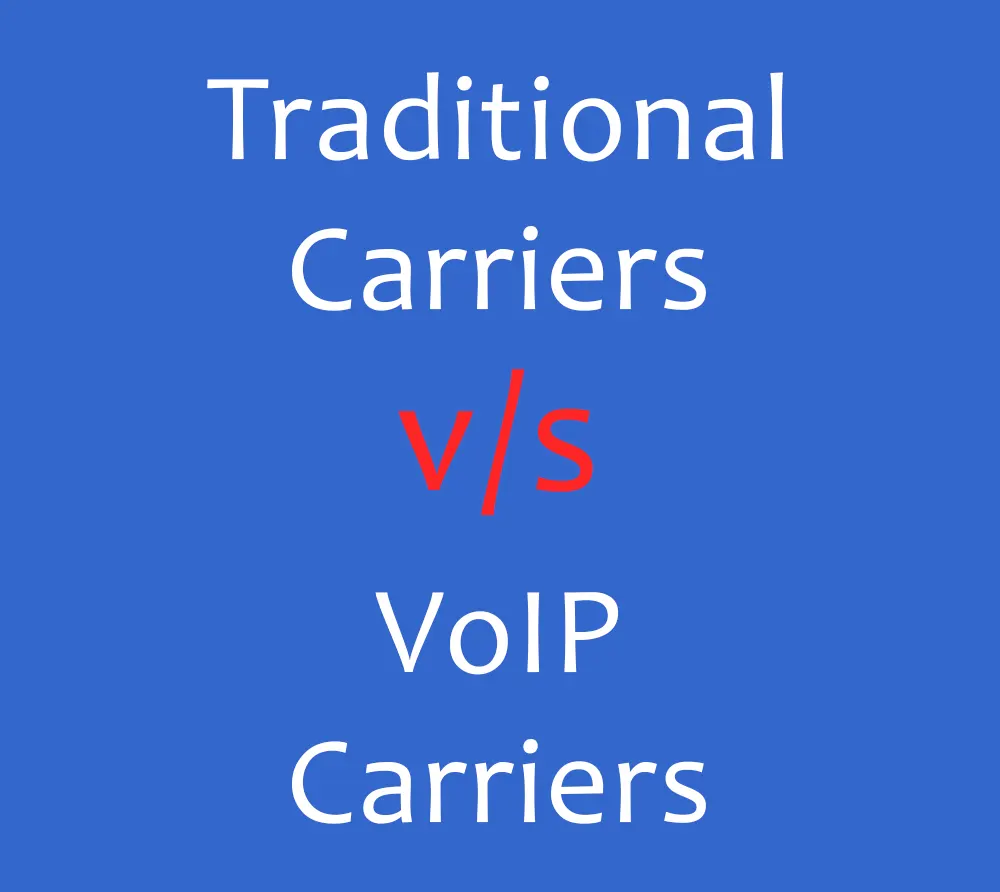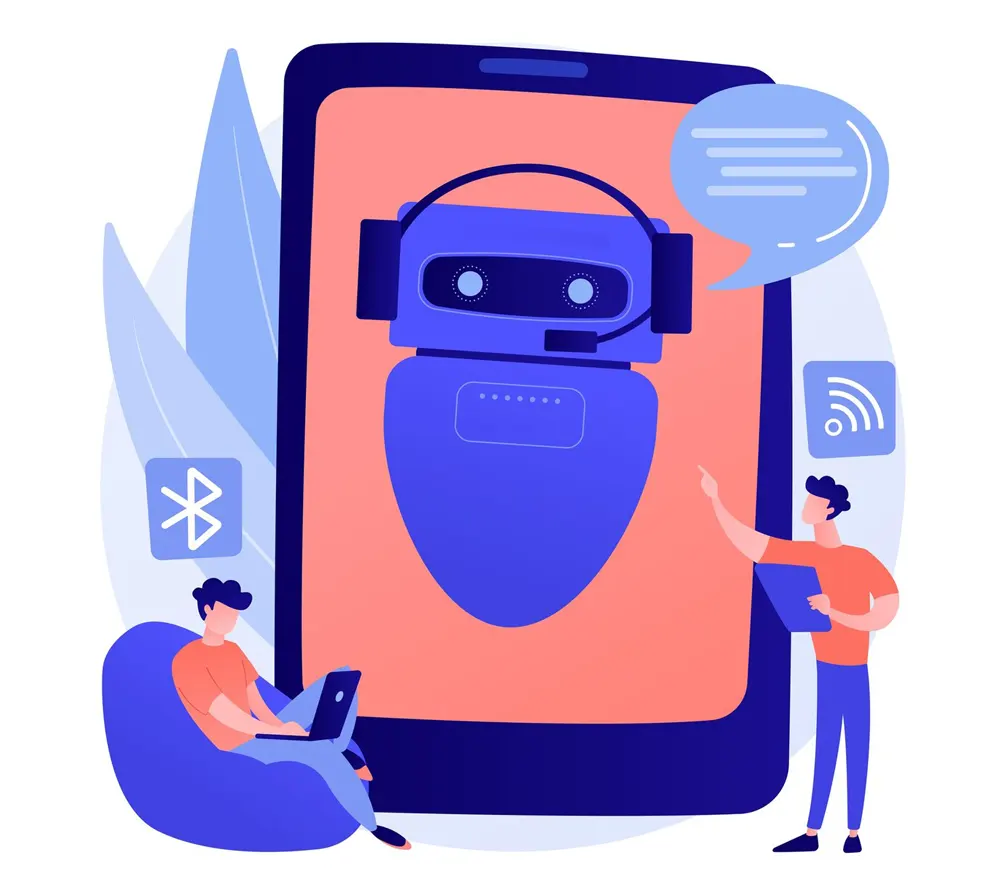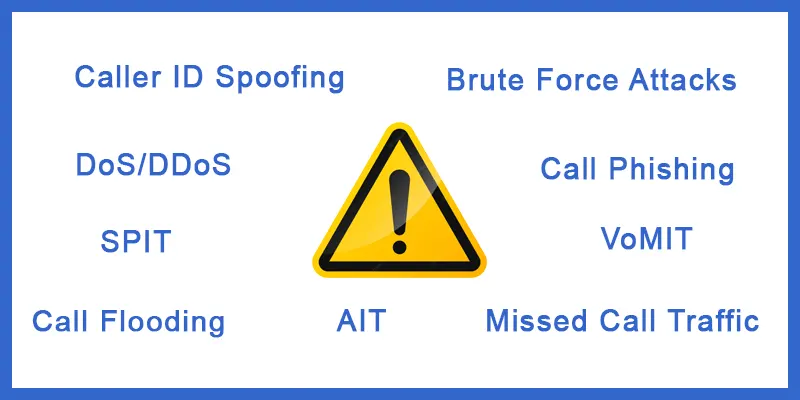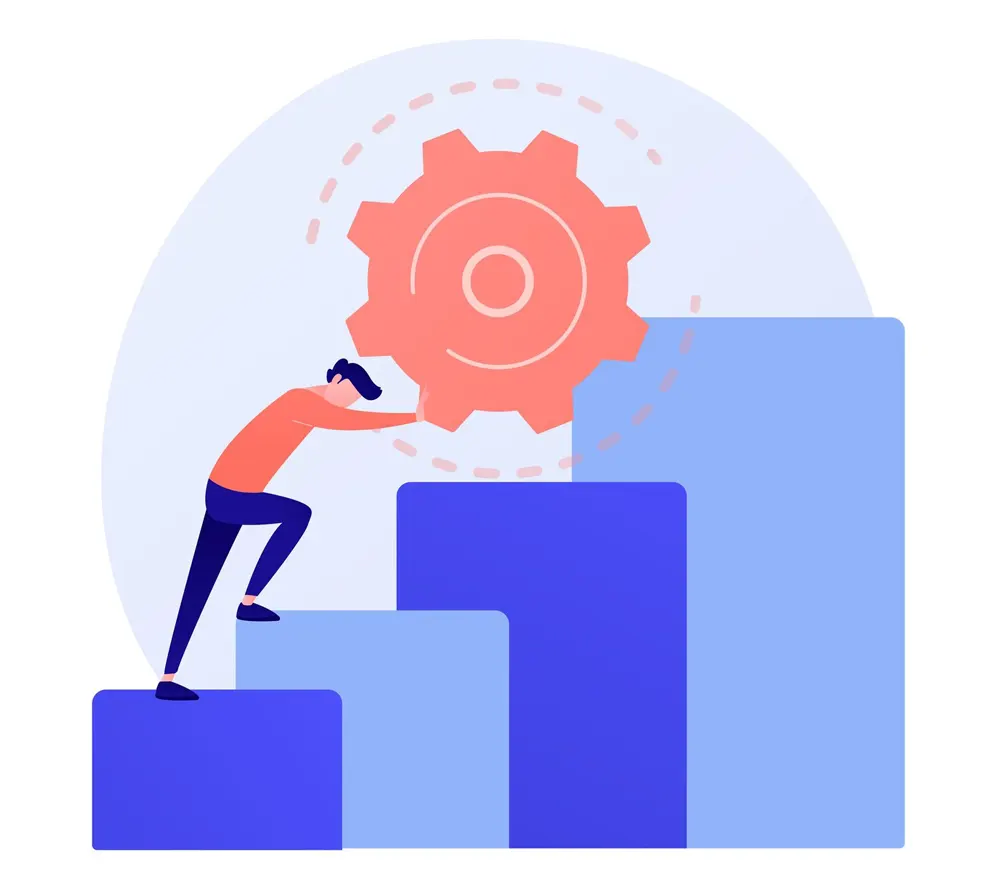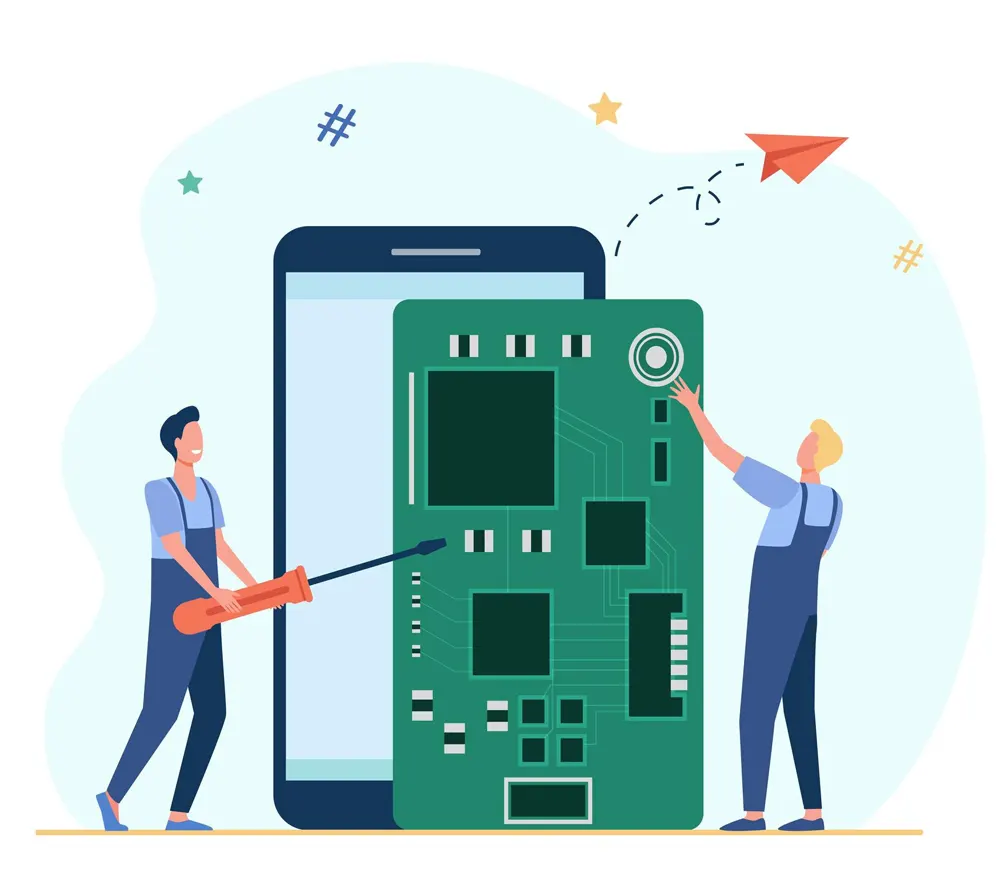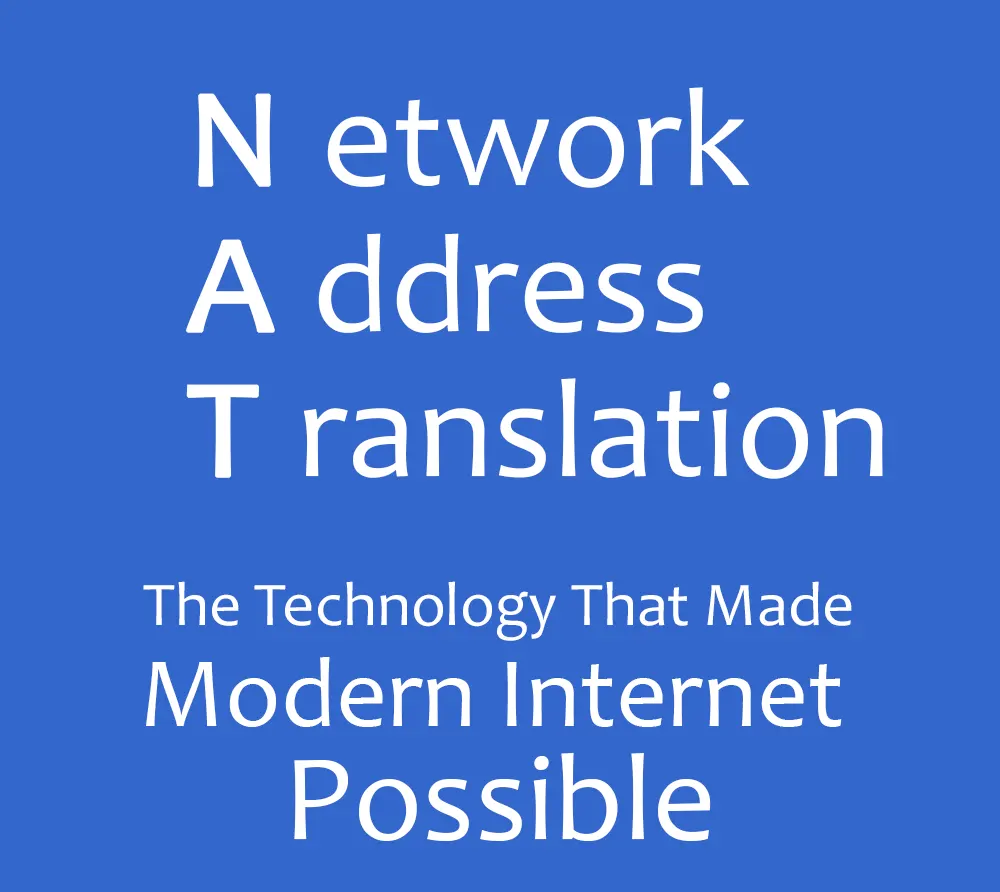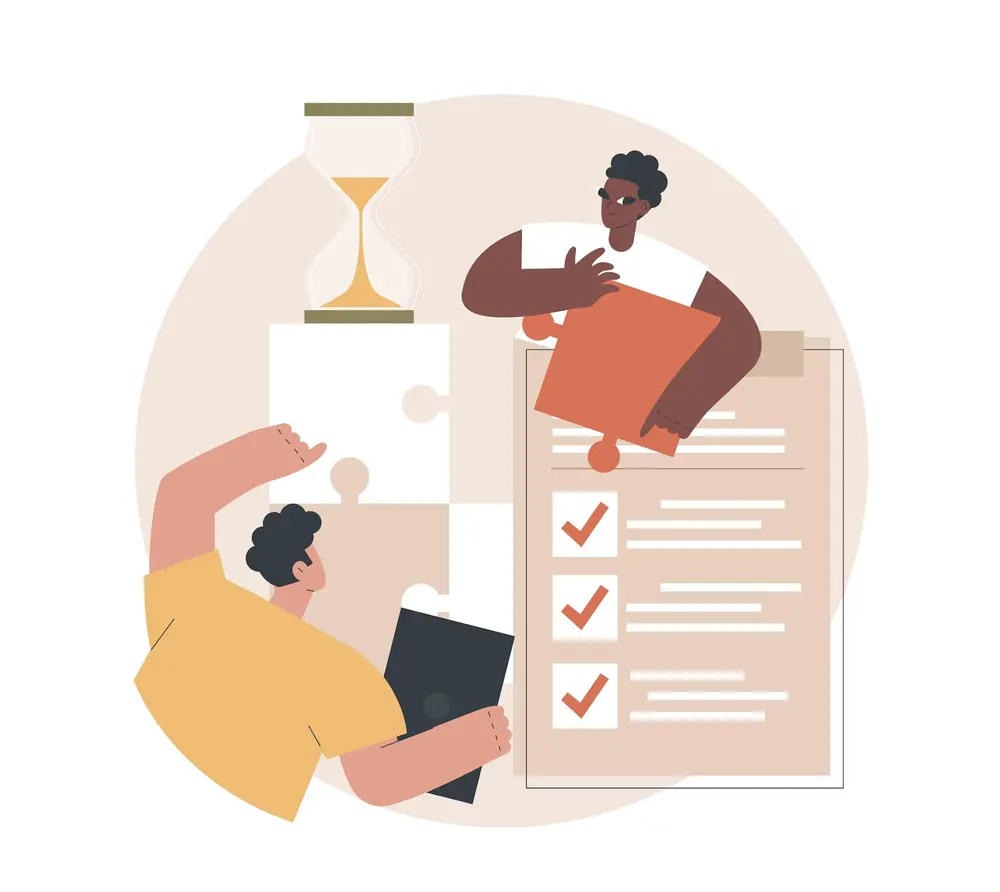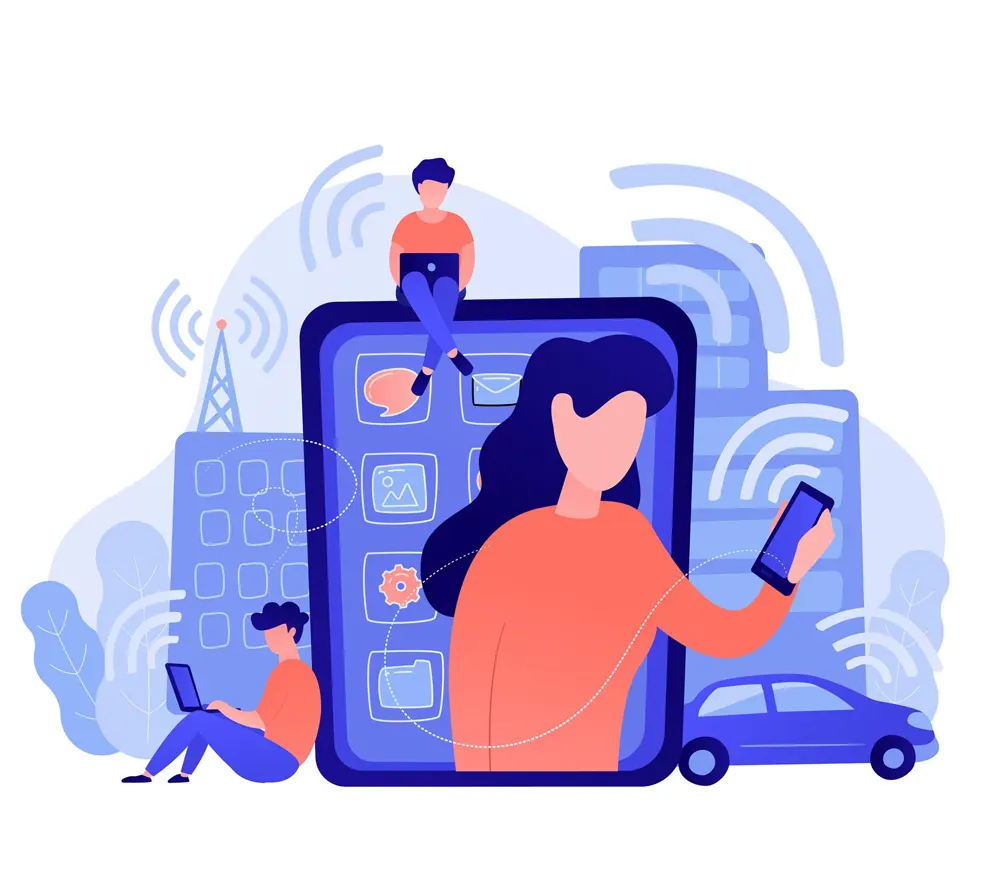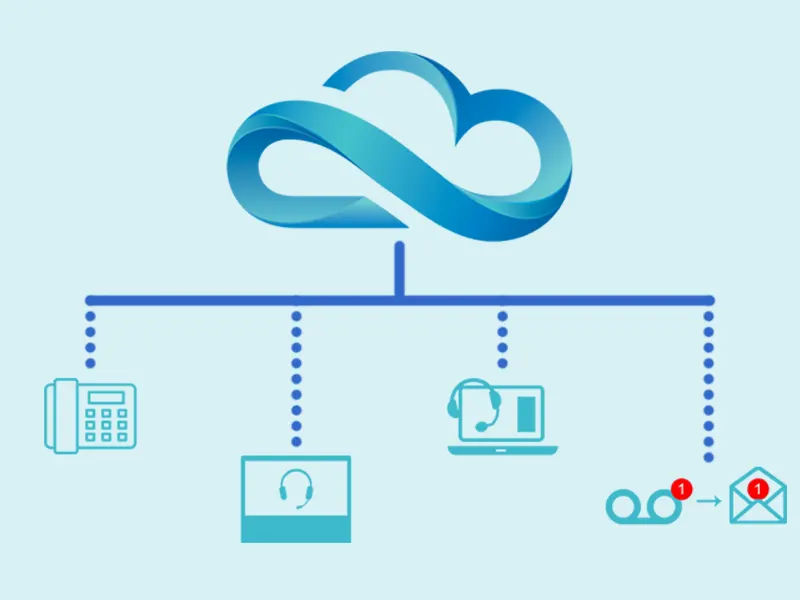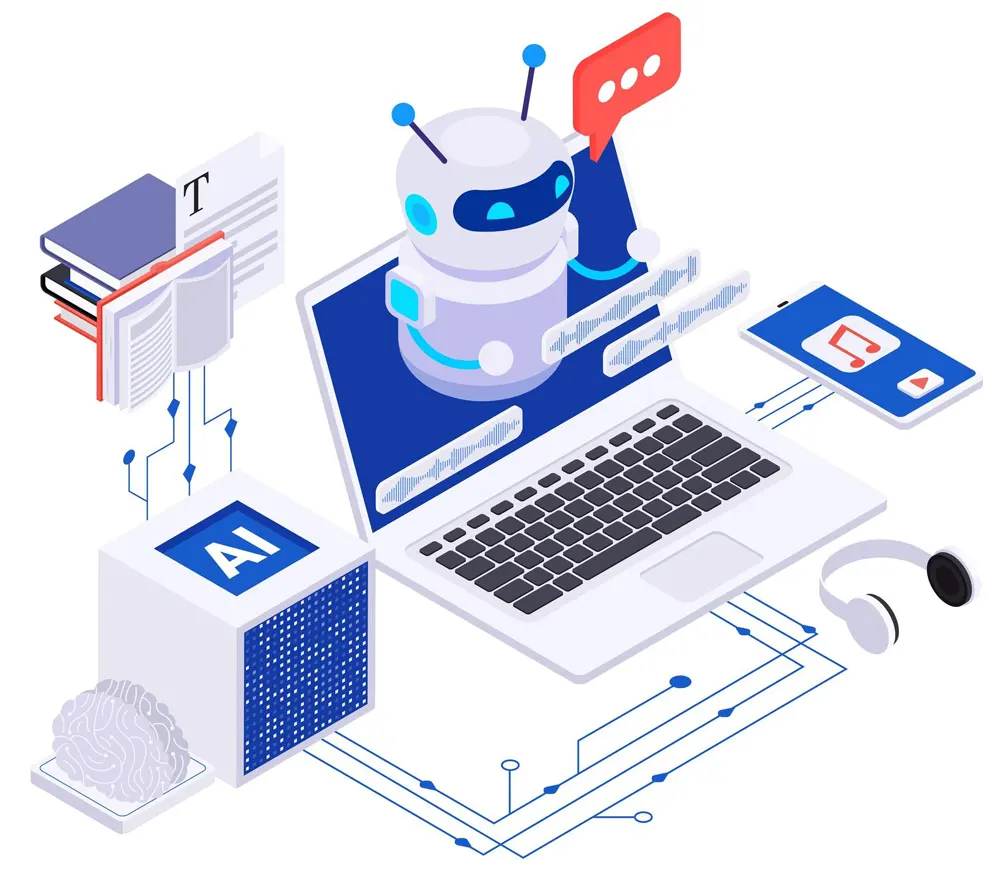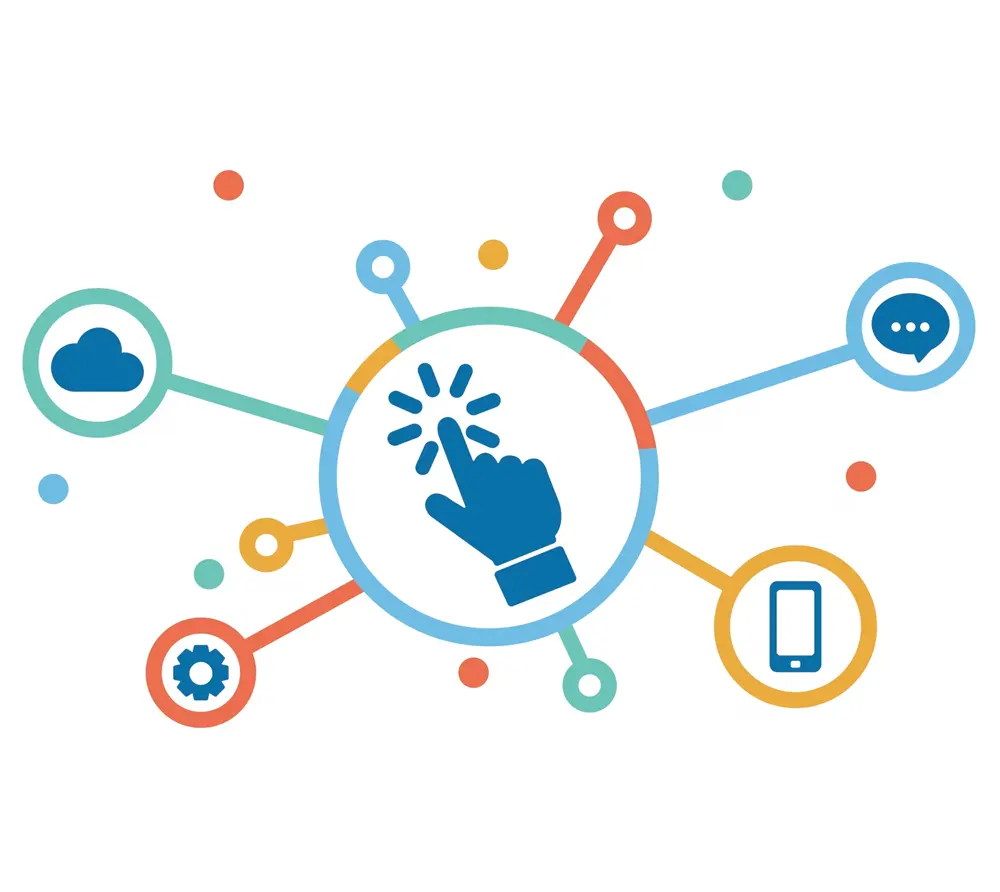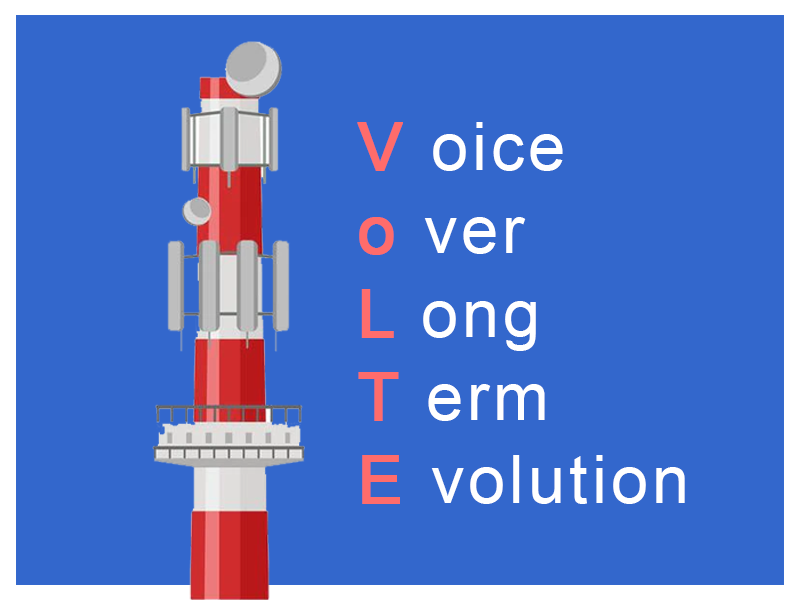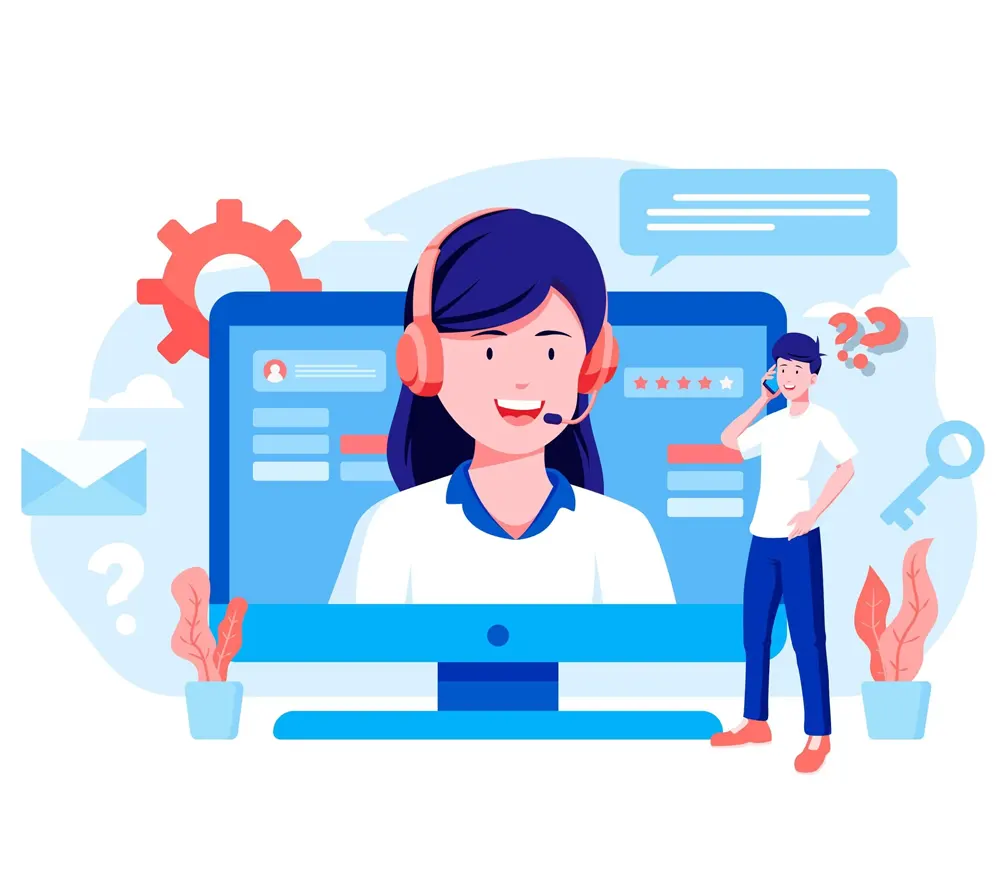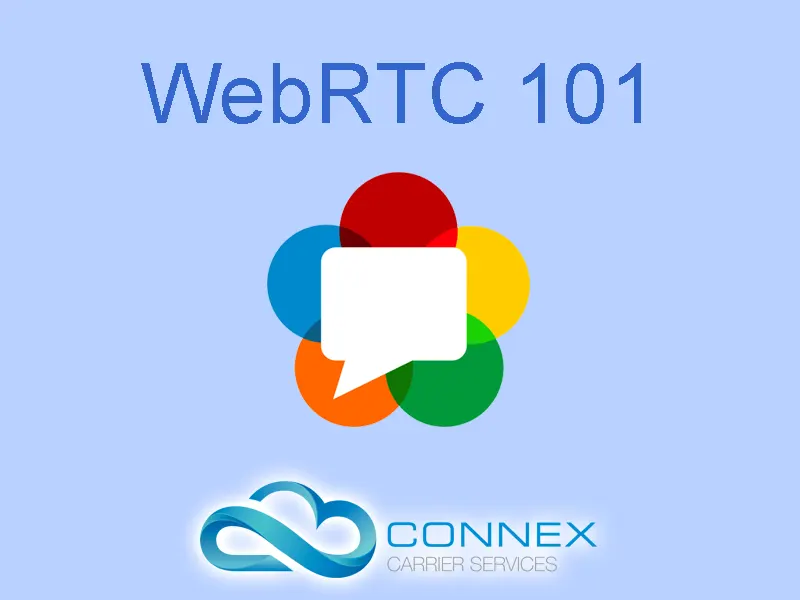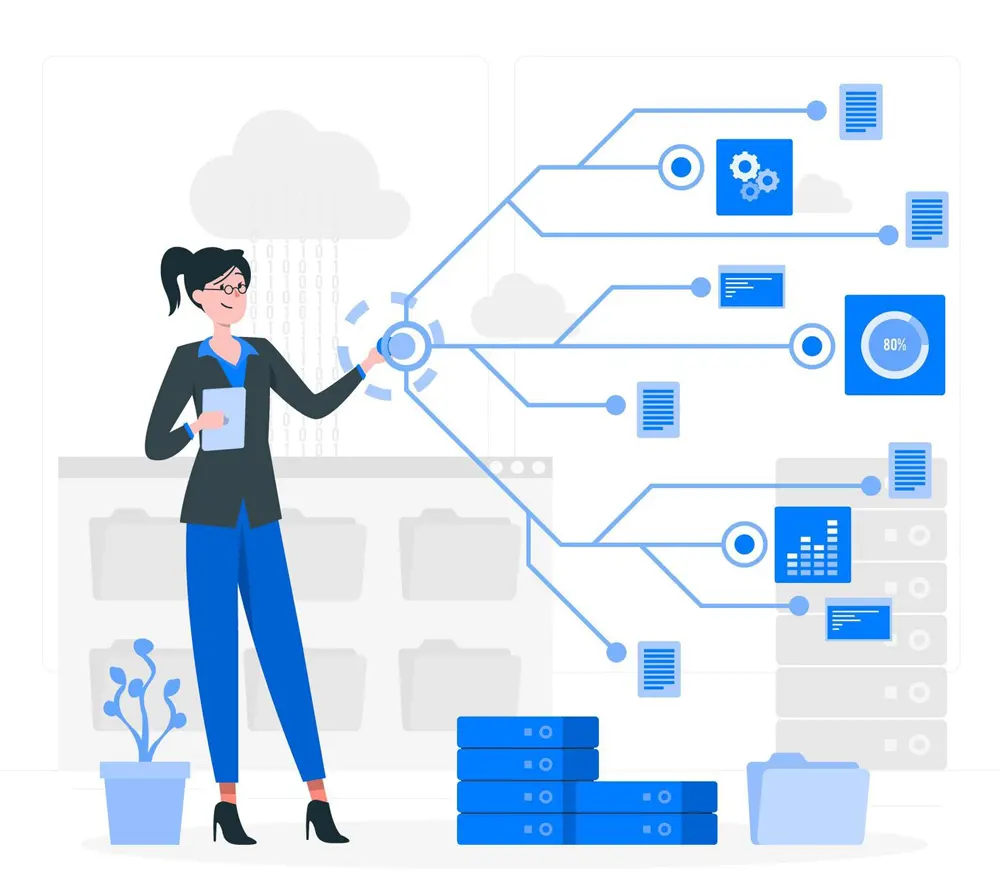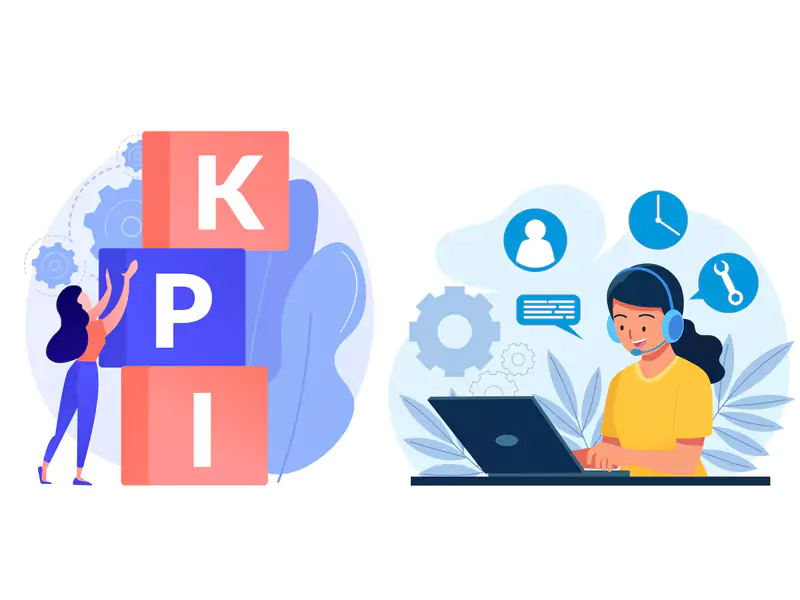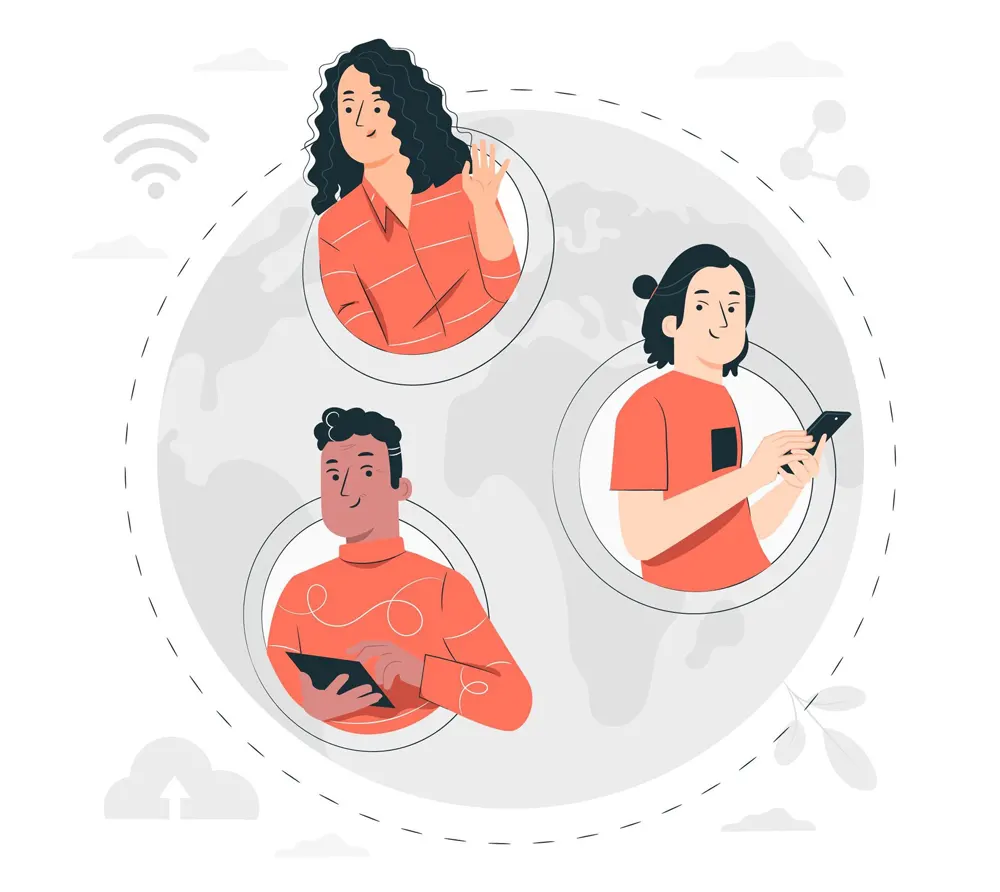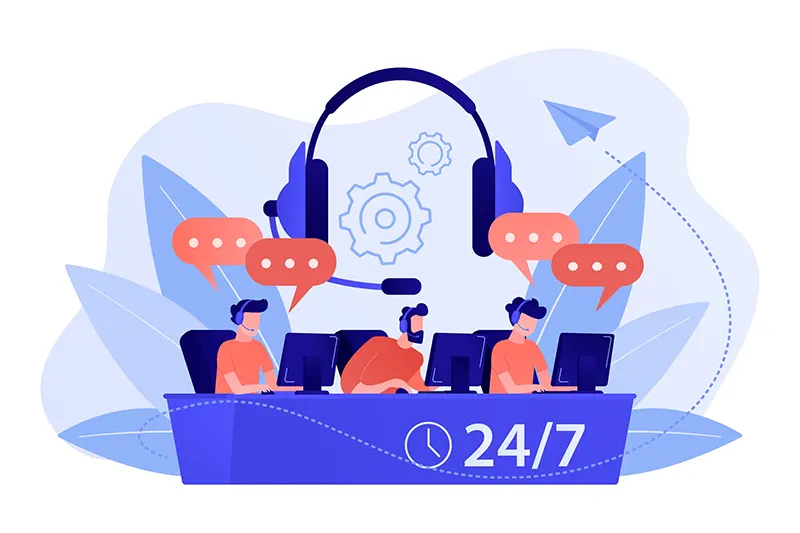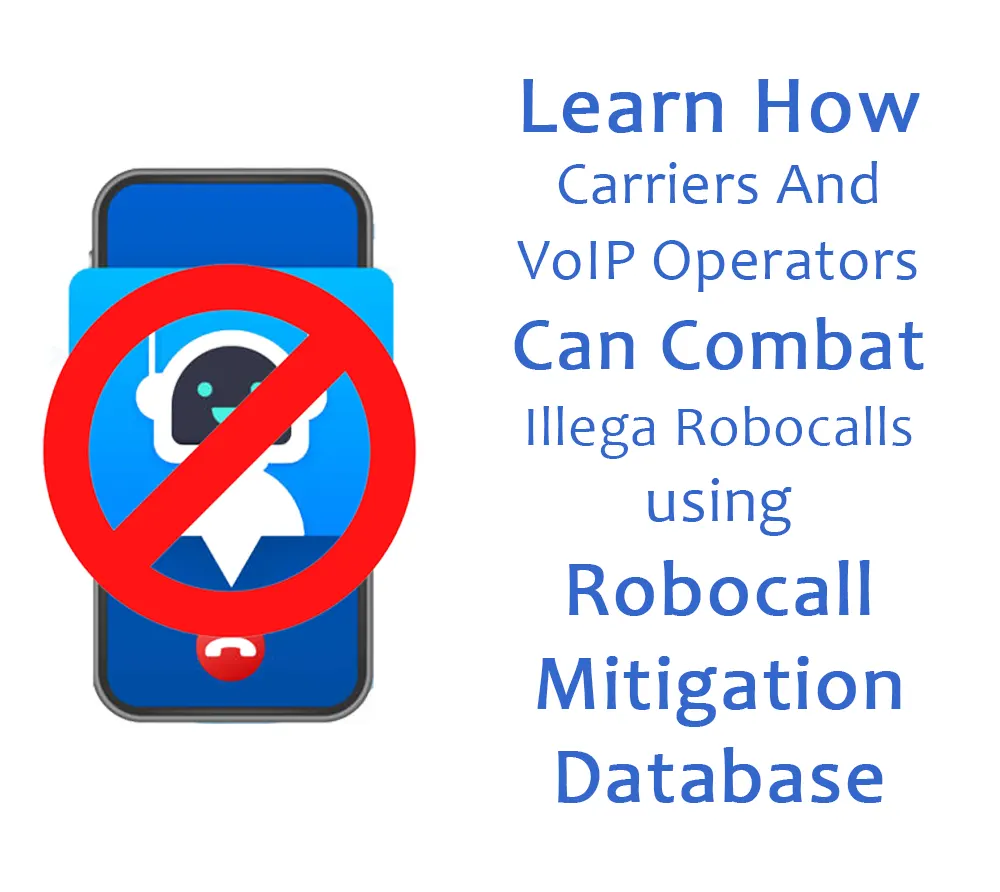LLM Selection Made Simple - Building High-Performance AI Voice Systems
When it comes to AI voice agents, the freedom to choose an LLM feels a bit like standing in front of a buffet with a thousand dishes.
You came hungry, you’ll leave fed, but somewhere between the sushi, soufflé, and suspiciously glowing salad, you begin to panic.
Too much choice often disguises itself as empowerment, until you realize you’ve spent thirty minutes just reading menu cards. The same happens when selecting a large language model.
With dozens of providers, endless versions, and cryptic feature names, decision fatigue sets in quickly. One wrong pick, and your voice agent could be stuttering through sales calls or spilling sensitive data where it shouldn’t.
This guide slices through the noise, helping you match the right LLM to your voice AI needs; minus the buffet-induced regret.
But before we dive straight into the recommendations, let’s learn about the key factors you need to consider while selecting an LLM for your AI Voice Agent!
5 Key Factors to Consider While Selecting an LLM

While you can get away with having ice cream for breakfast, it is not really healthy. Knowledge about these key factors will help you keep your AI Voice Agent healthy when venturing into the LLM buffet.
1. Task Complexity and Cognitive Load
The nature of the task dictates the LLM’s required reasoning depth, memory capacity, and context length. Knowing whether it involves simple FAQ automation or multi-turn reasoning across several knowledge sources helps select the correct LLM.
- Low-complexity tasks (e.g., appointment scheduling) can run efficiently on smaller, cost-effective models.
- High-complexity tasks (e.g., insurance claims triage, medical advice assistants) demand larger LLMs with advanced reasoning and long-context handling.
Evaluating prompt complexity, decision branching, and accuracy tolerance helps align the model with the task’s cognitive demands.
2. Industry-Specific Accuracy and Compliance
Different industries impose unique linguistic, operational, and regulatory constraints:
- Healthcare requires strict HIPAA compliance, accurate medical terminology parsing, and empathy in tone.
- Finance demands precision in numerical understanding, risk terminology, and multilingual client support with GDPR or PCI-DSS adherence.
- Retail and Customer Support prioritize speed, scalability, and integration with CRM or ticketing systems.
Models trained or fine-tuned on domain-specific knowledge bases often outperform generic models in these scenarios.
3. Error Tolerance and Risk Profile
In low-risk industries like e-commerce, minor conversational inaccuracies may be acceptable. In high-stakes domains like telemedicine or legal advisory, models must demonstrate low hallucination rates and strong reasoning reliability. This often requires additional safeguards such as RAG pipelines or human-in-the-loop workflows.
4. Personalization and Context Persistence
Some applications demand session continuity or personalized responses over time. Industries like hospitality or education may prioritize models capable of storing context across interactions. Whereas strict sectors like healthcare may prohibit persistent memory for privacy reasons.
5. Scaling Across Use Cases
Enterprises often start with a single application but expand to multiple conversational tasks across departments. Selecting a model with broad applicability reduces technical debt.
This means the same architecture/system can power chatbots, IVR systems, and virtual agents with minimal retraining.
Here are our LLMs Recommendations for Different Applications
We won’t pass ourselves on as the Michelin Guide Inspectors equivalents of the AI world. However, you can consider us as your local enthusiastic Yelp Reviewers who venture out twice a week to find the best offerings in the town.
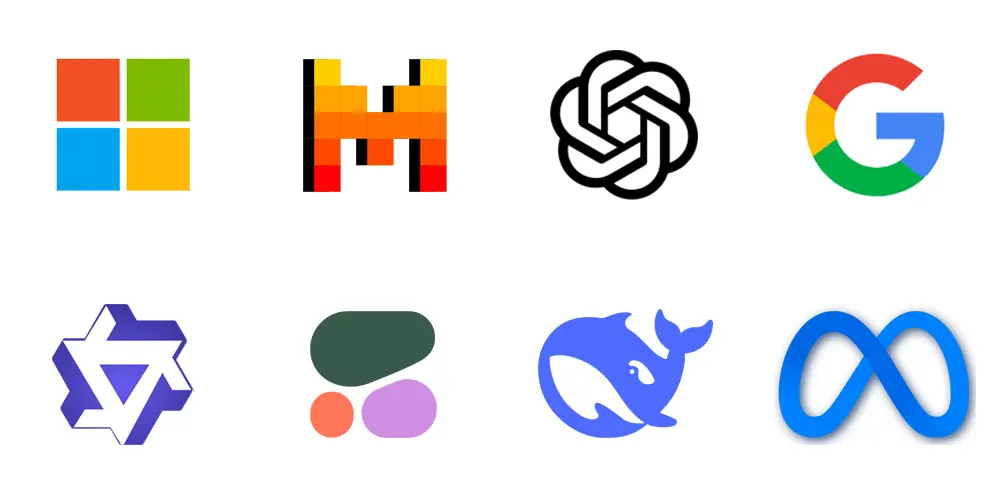
Cold Calling and Outbound Outreach

Cold calling and outbound outreach can use voice AI to automate personalized outreach at scale, increase contact rates, and maintain compliant scripts.
Agents improve lead cadence, perform dynamic objection handling, and free human sellers for high-value conversations.Thus, reducing human time and operational cost.
Sensitive Industries
Healthcare, financial services, and legal services are sensitive. Such calls often contain protected health information, financial identifiers, or privileged counsel.
Risks include regulatory penalties, reputational harm, and data breaches. Mitigation requires encryption, strict access controls, minimal data retention, and on-prem or private-cloud model hosting.
Capability Requirement
Outbound AI must reliably follow compliant scripts, mask or redact PII, and provide deterministic decision logic for audit trails. Models should support robust instruction-following, low hallucination rates, and RAG for verified facts.
Suggested LLMs:
Top performing: OpenAI: GPT-5, OpenAI: GPT-4.1, Anthropic: Claude Opus 4.1, Google: Gemini 2.5 Pro.
Light: OpenAI: GPT-4o-mini, Mistral: Mistral 7B Instruct, Meta: Llama 3.3 8B Instruct.
Open source: Meta: Llama 3.3 70B Instruct, Qwen: Qwen3 14B, Mistral: Mixtral 8x22B Instruct.
Less Sensitive Industries
Less sensitive sectors include retail, consumer SaaS, and many B2B services where PII exposure is limited and regulatory risk is lower.
Primary concerns are user experience, opt-out compliance, and accurate lead routing.
Mitigation focuses on consent capture, opt-out mechanisms, and periodic data purges.
Capability Requirement
For lower risk verticals, prioritize throughput, personalization, and persuasive language generation with safe response behavior. Lightweight generation with strong style control and session-level context is sufficient.
Suggested LLMs:
Top performing: OpenAI: GPT-4o, Google: Gemini 2.5 Flash, Anthropic: Claude Sonnet 4, Meta: Llama 4 Maverick.
Light: OpenAI: GPT-4o-mini, Mistral: Mistral Small 3, Qwen: Qwen-Plus.
Open source: Meta: Llama 3.3 8B Instruct, DeepSeek: DeepSeek V3.1, Qwen: Qwen3 14B.
High Task Complexity Requirement
High complexity tasks include campaigns requiring persona adaptation, multi-step qualification, live negotiation, and legal disclaimers. These require deep context windows, robust reasoning, and low hallucination. Auditability and deterministic outputs are essential.
Capability Requirement
Select models with long context capability, advanced reasoning, and strong instruction following. Support for streaming responses, multi-turn memory, and embeddings/RAG is crucial to maintain coherence across complicated outreach flows.
Suggested LLMs:
Top performing: OpenAI: GPT-5, Anthropic: Claude Opus 4.1, Google: Gemini 2.5 Pro, Nous: Hermes 4 70B.
Light: OpenAI: GPT-4o-mini, Microsoft: Phi-3 Medium 128K Instruct, Mistral: Mixtral 8x22B Instruct.
Open source: Meta: Llama 3.1 70B Instruct, DeepSeek: DeepSeek R1 Distill Llama 70B, Qwen: Qwen3 32B.
Low Task Complexity Requirement
Low complexity outreach covers scripted reminders, promotional voice blasts, or single-question surveys. Main needs are high throughput, low cost, and basic personalization. Error tolerance is higher and regulatory burden is lower.
Capability Requirement
Prioritize efficient, low-cost models with modest context windows and fast token generation. Look for lightweight instances that can be horizontally scaled and paired with templating layers.
Suggested LLMs:
Top performing: OpenAI: GPT-3.5 Turbo 16k, Google: Gemini 1.5 Flash, Mistral: Mistral Medium 3, Meta: Llama 3.3 70B (Base).
Light: OpenAI: o3 Mini, Mistral: Ministral 8B, Qwen: Qwen3 4B.
Open source: Meta: Llama 3.3 8B Instruct, MoonshotAI: Kimi K2, Mistral: Mistral 7B Instruct.
Lead Qualification and Reactivation
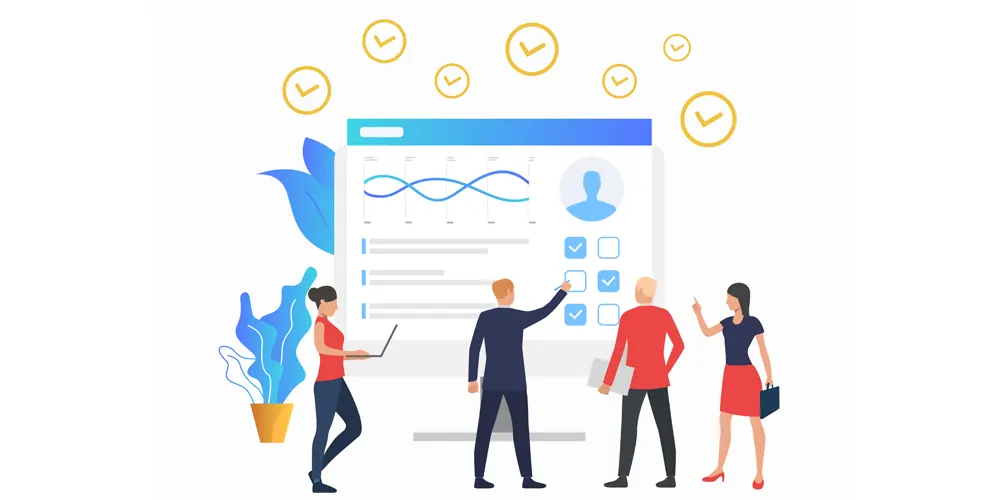
Lead qualification and reactivation require conversational triage to assess intent, budget, fit, and timing. Voice agents increase coverage and accelerate funnel velocity while capturing structured metadata for sales handoff and scoring algorithms.
Sensitive Industries
Sectors such as healthcare and financial advisory are sensitive because qualification calls can reveal protected details and credit or health status. Risks include unauthorized data sharing and compliance breaches. Use access controls, encrypted logs, limited retention, and human-review gates for escalations.
Capability Requirement
Qualification needs precise slot-filling, deterministic extraction, and confidence scoring. The LLM must support structured outputs (JSON), entity extraction, and safe fallback to human agents.
Suggested LLMs:
Top performing: Anthropic: Claude Opus 4.1, OpenAI: GPT-4.1, OpenAI: GPT-5, Google: Gemini 2.5 Pro.
Light Models: OpenAI: GPT-4o-mini, Cohere: Command R+, Mistral: Mistral Small 3.
Open source: Meta: Llama 3.3 70B Instruct, Qwen: Qwen3 14B, DeepSeek: DeepSeek V3.1.
Less Sensitive Industries
Non-regulated B2C and many B2B verticals pose lower privacy risk; reactivation is primarily about timing and messaging. Concerns center on opt-ins, spam laws, and message relevance. Implement consent tracking and easy opt-out flows.
Capability Requirement
Models should excel at intent classification, concise summarization, and persuasive but compliant messaging. Integration with CRM and lead scoring is essential for effective routing.
Suggested LLMs:
Top performing: OpenAI: GPT-4o, Anthropic: Claude Sonnet 4, Google: Gemini 2.0 Flash, Meta: Llama 4 Scout.
Light Models: OpenAI: GPT-4o-mini, Mistral: Mixtral 8x7B Instruct, Qwen: Qwen-Turbo.
Open source: Meta: Llama 3.3 8B Instruct, Mistral: Mistral 7B Instruct, OpenChat 3.6 8B.
High Task Complexity Requirement
Complex qualification may include dynamic prioritization, cross-checking CRM data, and conditional logic for tailored offers. These tasks mix retrieval, reasoning, and action execution.
Capability Requirement
Choose models with long context, strong reasoning, and the ability to emit structured actions. Models should integrate tightly with RAG, embeddings, and external APIs for real-time checks.
Suggested LLMs:
Top performing: OpenAI: GPT-5, Anthropic: Claude Opus 4.1, Nous: Hermes 4 405B, Google: Gemini 2.5 Pro.
Light Models: Microsoft: Phi-3 Medium 128K Instruct, OpenAI: GPT-4o-mini, Mistral: Mixtral 8x22B Instruct.
Open source: Meta: Llama 3.1 70B Instruct, DeepSeek: R1 Distill Llama 70B, Qwen: Qwen3 32B.
Low Task Complexity Requirement
Simple qualification includes yes/no gating, eligibility questions, and scheduling interest. These require low latency and high throughput but modest reasoning.
Capability Requirement
Use efficient models that provide consistent slot capture, low cost per call, and deterministic outputs. Template-driven prompts plus lightweight LLMs deliver best ROI.
Suggested LLMs:
Top performing: OpenAI: GPT-3.5 Turbo, Google: Gemma 2 27B, Cohere: Command R, Meta: Llama 3 70B (Base).
Light Models: OpenAI: o3 Mini, Mistral: Ministral 8B, Qwen: Qwen3 4B.
Open source: Meta: Llama 3.3 8B Instruct, MoonshotAI: Kimi K2, Mistral: Mistral 7B Instruct.
Customer Support

Customer support requires accurate intent detection, troubleshooting dialogue, and escalation to humans. Voice AI reduces wait times, offers 24/7 coverage, and standardizes responses while augmenting agents with suggested replies and knowledge retrieval.
Sensitive Industries
Health care, banking, insurance, and legal support demand strict privacy, consent management, and auditable interactions. Risks include erroneous advice, data leaks, and non-compliance. Mitigation requires limited data retention, secure logging, human oversight for risky intents, and model explainability.
Capability Requirement
Support agents must offer factual, stepwise guidance, deterministic error handling, and safe escalation triggers. Models with high factuality, robust retrieval pipelines, and transparent confidence scores are preferred.
Suggested LLMs:
Top performing: Anthropic: Claude Sonnet 4, OpenAI: GPT-4.1, Google: Gemini 2.5 Pro, OpenAI: GPT-5.
Light Models: OpenAI: GPT-4o-mini, Cohere: Command R+, Mistral: Mistral Small 3.
Open source: Meta: Llama 3.3 70B Instruct, Qwen: Qwen3 14B, DeepSeek: DeepSeek R1 Distill Llama 70B.
Less Sensitive Industries
E-commerce, utilities, and many consumer services have lower regulatory risk but still require high NPS and quick resolution. Risks include poor UX and inconsistent responses. Mitigation involves clear escalation flows and post-call quality monitoring.
Capability Requirement
Prioritize fast, conversational responses, robust FAQ handling, and seamless handoff to human agents. Models should be optimized for summarization and ticket creation.
Suggested LLMs:
Top performing: OpenAI: GPT-4o, Google: Gemini 2.0 Flash, Anthropic: Claude Instant v1.1, Meta: Llama 4 Scout.
Light Models: OpenAI: GPT-4o-mini, Mistral: Mixtral 8x7B Instruct, Qwen: Qwen-Turbo.
Open source: Meta: Llama 3.3 8B Instruct, Mistral: Mistral 7B Instruct, OpenChat 3.5 7B.
High Task Complexity Requirement
High complexity support includes multi-step troubleshooting, interactive diagnostics, and integration with device telemetry. Agents must reason across logs, sequence instructions, and maintain safe fallbacks.
Capability Requirement
Use large-context, high-reasoning models with strong multimodal or structured-data integration. Support for tool-use, API action planning, and deterministic responses is crucial.
Suggested LLMs:
Top performing: OpenAI: GPT-5, Anthropic: Claude Opus 4.1, Nous: Hermes 3 70B, Google: Gemini 2.5 Pro.
Light Models: Microsoft: Phi-3.5 Mini 128K Instruct, OpenAI: GPT-4o-mini, Mistral: Mixtral 8x22B Instruct.
Open source: Meta: Llama 3.1 405B Instruct, DeepSeek: DeepSeek V3.1, Qwen: Qwen3 32B.
Low Task Complexity Requirement
Simple support tasks handle password resets, account lookup, or status checks. Requirements are predictable responses, high throughput, and secure CRUD operations.
Capability Requirement
Lightweight, reliable models paired with deterministic templates and identity verification modules are optimal. Emphasize cost efficiency and uptime.
Suggested LLMs:
Top performing: OpenAI: GPT-3.5 Turbo 16k, Google: Gemma 3 12B, Cohere: Command, Meta: Llama 3 70B (Base).
Light Models: OpenAI: o3 Mini, Mistral: Ministral 8B, Qwen: Qwen3 4B.
Open source: Meta: Llama 3.3 8B Instruct, MoonshotAI: Kimi K2, Mistral: Mistral 7B Instruct.
Post Call Surveys
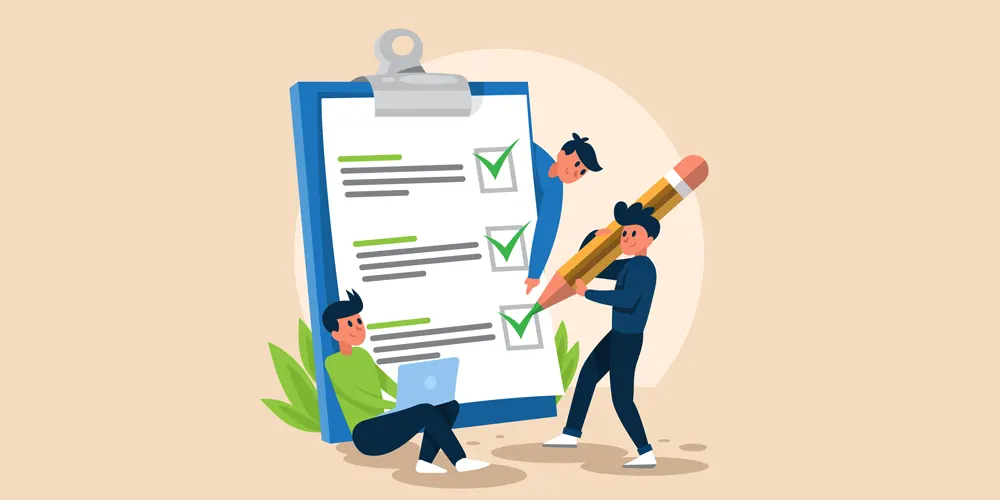
Post call surveys capture feedback and NPS metrics immediately after interaction to measure quality and sentiment. Voice agents increase completion rates by using conversational micro-surveys and dynamic follow-ups.
Sensitive Industries
Surveys in healthcare and finance may solicit sensitive sentiment tied to diagnoses or financial hardship. Risks include unauthorized profiling and reidentification. Mitigate with anonymized prompts, optional opt-ins, and aggregated reporting only.
Capability Requirement
Survey agents need concise question generation, sentiment detection, and secure response handling. Models should offer robust summarization and sentiment scoring with low bias.
Suggested LLMs:
Top performing: OpenAI: GPT-4.1, Anthropic: Claude Sonnet 4, Google: Gemini 2.5 Flash, OpenAI: GPT-5.
Light Models: OpenAI: GPT-4o-mini, Cohere: Command R, Mistral: Mistral Small 3.
Open source: Meta: Llama 3.3 8B Instruct, Qwen: Qwen3 14B, DeepSeek: DeepSeek V3.1.
Less Sensitive Industries
Retail and hospitality surveys typically collect non-sensitive feedback about experience and satisfaction. Main risks are survey fatigue and biased sampling. Mitigate with short scripts, incentive alignment, and randomized sampling.
Capability Requirement
Opt for models that produce concise, natural follow-ups and classify responses quickly for real-time dashboards. Low-cost, low-latency models suffice.
Suggested LLMs:
Top performing: OpenAI: GPT-4o, Google: Gemini 1.5 Flash, Anthropic: Claude Instant v1.1, Meta: Llama 4 Scout.
Light Models: OpenAI: GPT-4o-mini, Mistral: Mixtral 8x7B Instruct, Qwen: Qwen-Turbo.
Open source: Meta: Llama 3.3 8B Instruct, MoonshotAI: Kimi K2, Mistral: Mistral 7B Instruct.
High Task Complexity Requirement
Complex survey tasks include adaptive questionnaires, branching logic, and correlation with call content to identify root causes. These require robust context handling and dynamic prompt planning.
Capability Requirement
Select models that can maintain session state, perform conditional generation, and summarize multi-turn responses into structured insights. Strong reasoning and reliable extraction are key.
Suggested LLMs:
Top performing: OpenAI: GPT-5, Anthropic: Claude Opus 4.1, Google: Gemini 2.5 Pro, Nous: Hermes 4 70B.
Light Models: Microsoft: Phi-3 Medium 128K Instruct, OpenAI: GPT-4o-mini, Mistral: Mixtral 8x22B Instruct.
Open source: Meta: Llama 3.1 70B Instruct, DeepSeek: R1 Distill Llama 70B, Qwen: Qwen3 32B.
Low Task Complexity Requirement
Micro surveys and single-question NPS prompts demand brevity, clarity, and maximum completion rates. Cost and speed are primary drivers.
Capability Requirement
Use compact models optimized for short outputs, with a focus on sentiment tagging and minimal latency. Templates with light LLM post-processing work well.
Suggested LLMs:
Top performing: OpenAI: GPT-3.5 Turbo, Google: Gemma 2 9B, Cohere: Command R, Meta: Llama 3 70B (Base).
Light: OpenAI: o1-mini, Mistral: Ministral 8B, Qwen: Qwen3 4B.
Open source: Meta: Llama 3.3 8B Instruct, MoonshotAI: Kimi K2, Mistral: Mistral 7B Instruct.
Appointment Scheduling and Reminders
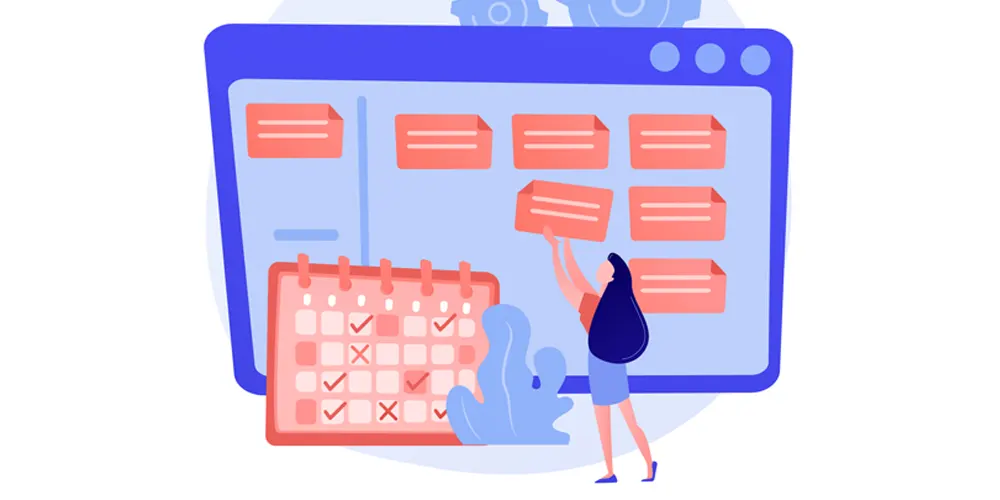
Appointment scheduling and reminders automate booking, confirmations, rescheduling, and no-show prevention. Voice agents reduce friction, handle calendar conflicts, and send timely reminders to reduce attrition.
Sensitive Industries
Medical clinics, mental health services, and financial consultations are sensitive because schedules reveal health or financial situations. Risks include disclosure of appointment reasons and patient identifiers. Use consent capture, encrypted calendar tokens, and minimal persistent storage.
Capability Requirement
Agents must support secure authentication, deterministic time parsing, calendar API access, and private data handling. Models should produce precise structured outputs and avoid free-form speculation about appointments.
Suggested LLMs:
Top performing: OpenAI: GPT-4.1, OpenAI: GPT-5, Google: Gemini 2.5 Pro, Anthropic: Claude Opus 4.1.
Light Models: OpenAI: GPT-4o-mini, Microsoft: Phi-3 Mini 128K Instruct, Mistral: Mistral Small 3.
Open source: Meta: Llama 3.3 8B Instruct, Qwen: Qwen3 14B, DeepSeek: DeepSeek V3.1.
Less Sensitive Industries
Service appointments for salons, retail demos, or general consultations pose lower privacy risk but need reliable time parsing and reminder accuracy. Primary mitigations: explicit opt-in and clear cancellation flows.
Capability Requirement
Require models with robust slot extraction for date/time, timezone normalization, and succinct confirmation phrases. Lightweight models paired with calendar connectors suffice.
Suggested LLMs:
Top performing: OpenAI: GPT-4o, Google: Gemini 1.5 Flash, Anthropic: Claude Sonnet 4, Meta: Llama 4 Scout.
Light Models: OpenAI: GPT-4o-mini, Mistral: Mixtral 8x7B Instruct, Qwen: Qwen-Turbo.
Open source: Meta: Llama 3.3 8B Instruct, MoonshotAI: Kimi K2, Mistral: Mistral 7B Instruct.
High Task Complexity Requirement
Complex scheduling includes multi-party coordination, dynamic availability, and integration with external systems. Agents must replan, negotiate time windows, and confirm contingent bookings.
Capability Requirement
Use models with excellent multi-turn memory, goal-directed planning, and integration hooks for calendars and booking systems. Deterministic action outputs and conflict resolution logic are critical.
Suggested LLMs:
Top performing: OpenAI: GPT-5, Anthropic: Claude Opus 4.1, Google: Gemini 2.5 Pro, Nous: Hermes 4 70B.
Light Models: Microsoft: Phi-3 Medium 128K Instruct, OpenAI: GPT-4o-mini, Mistral: Mixtral 8x22B Instruct.
Open source: Meta: Llama 3.1 70B Instruct, DeepSeek: R1 Distill Llama 70B, Qwen: Qwen3 32B.
Low Task Complexity Requirement
Basic reminders and single-invite scheduling need high reliability and minimal friction. Main requirements are accurate time formatting and proven delivery.
Capability Requirement
Choose compact models optimized for generating concise confirmations and reminder messages with correct timezones. Scalability for bulk reminder delivery matters.
Suggested LLMs:
Top performing: OpenAI: GPT-3.5 Turbo, Google: Gemma 3 12B, Cohere: Command, Meta: Llama 3 70B (Base).
Light Models: OpenAI: o1-mini, Mistral: Ministral 8B, Qwen: Qwen3 4B.
Open source: Meta: Llama 3.3 8B Instruct, MoonshotAI: Kimi K2, Mistral: Mistral 7B Instruct.
Ending Notes
So here we are! After wading through enough LLM options to make a PhD in alphabet soup seem practical. If you’re still thinking, “Maybe I’ll just pick one at random,” please don’t. That’s how chatbots end up quoting Shakespeare when asked about bank balances.
The right LLM isn’t just about sounding clever; it’s about handling privacy, cost, and complexity without imploding mid-call. Now that you have the map, the metrics, and the model shortlists, the only wrong move is indecision.
Go on, choose wisely; unless, of course, you enjoy explaining to your boss why your AI assistant just proposed marriage to a lead during a cold call.






